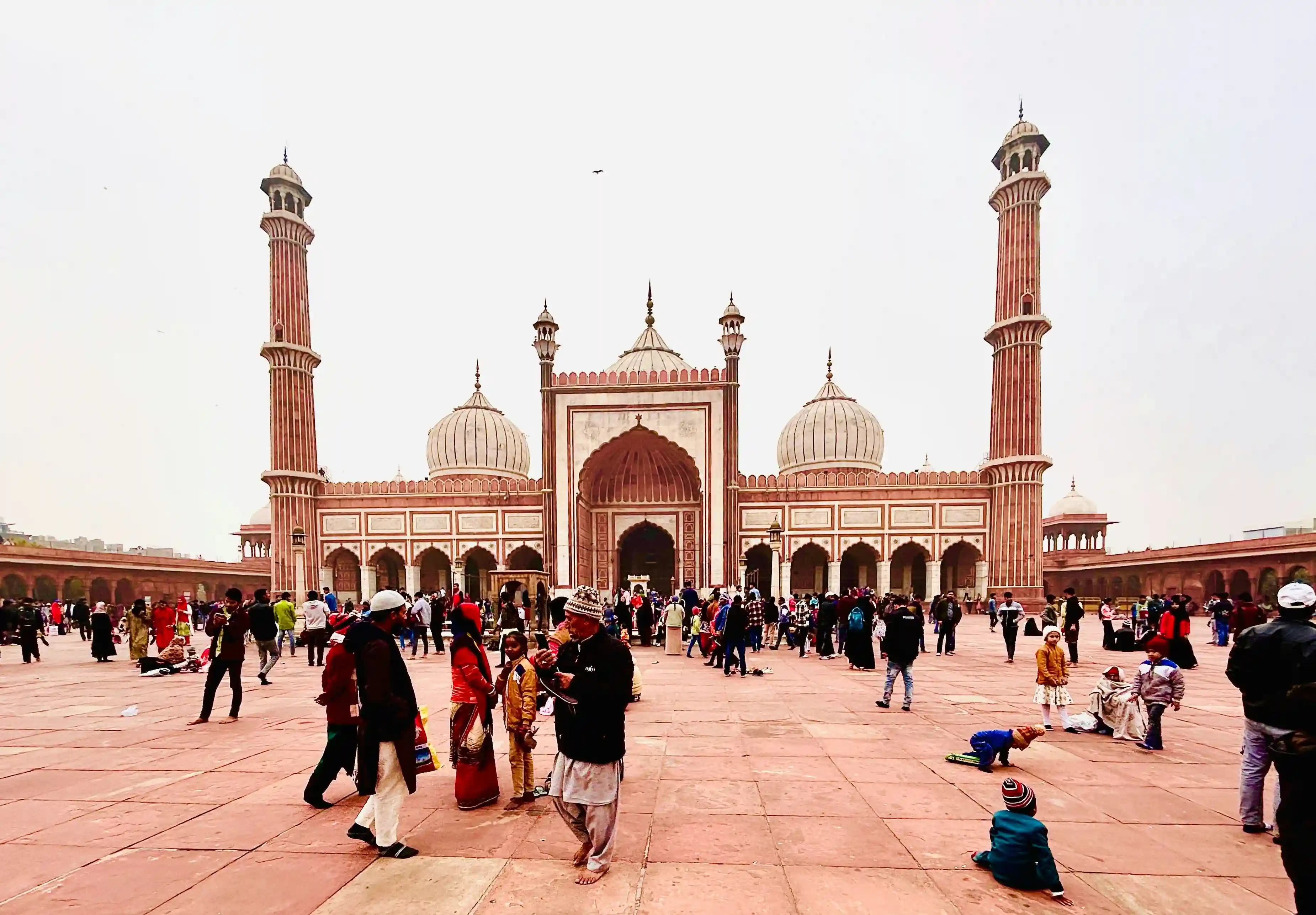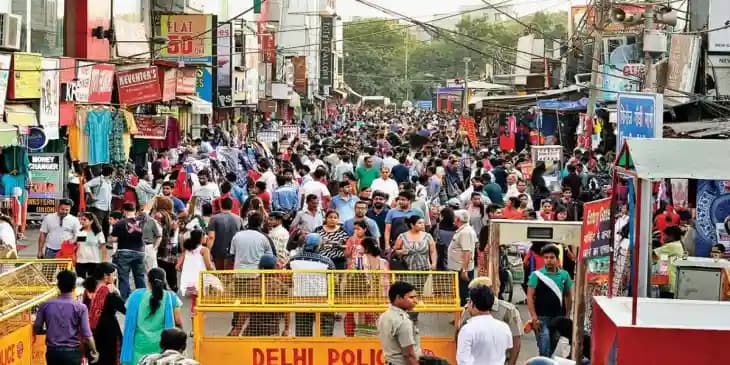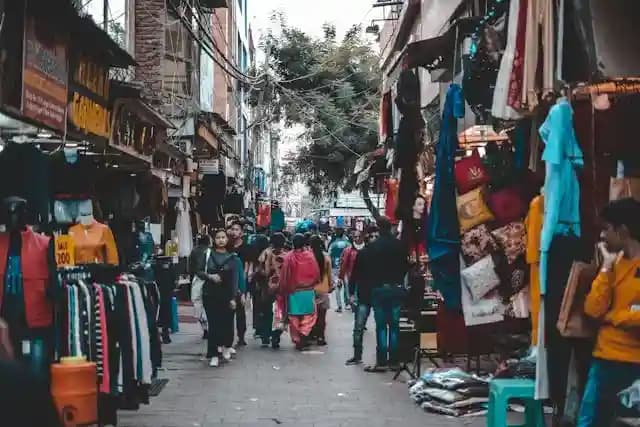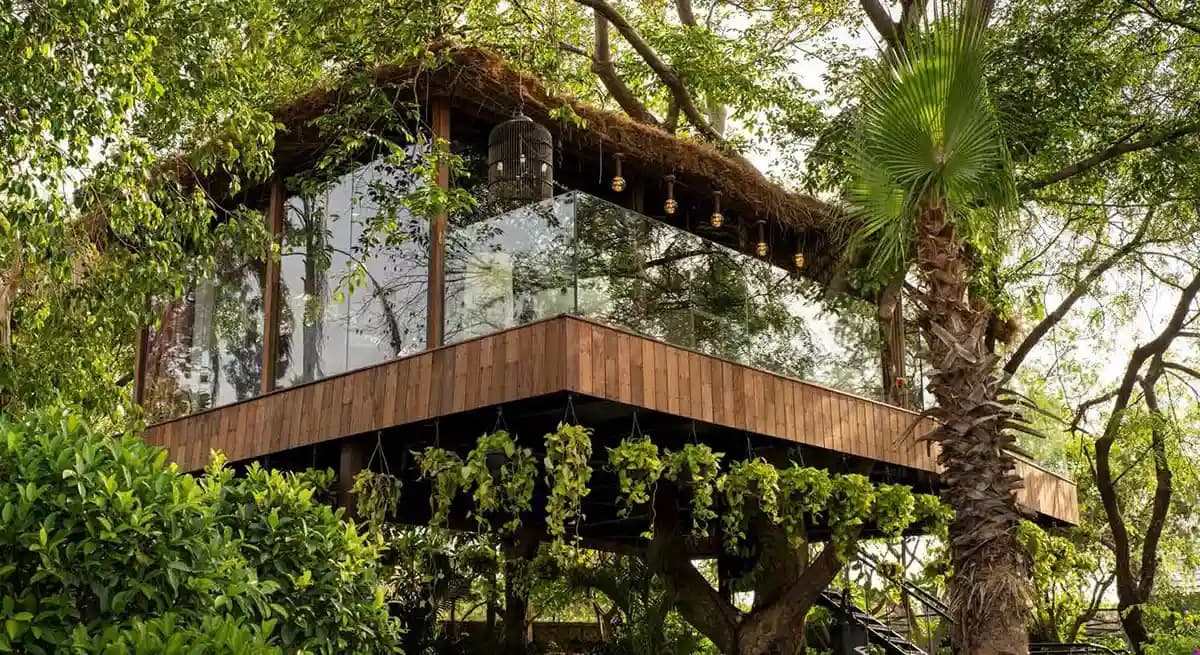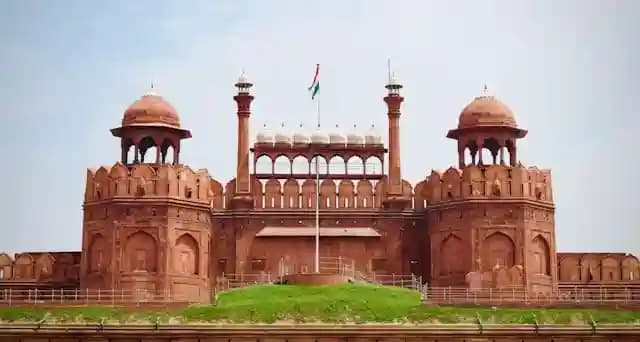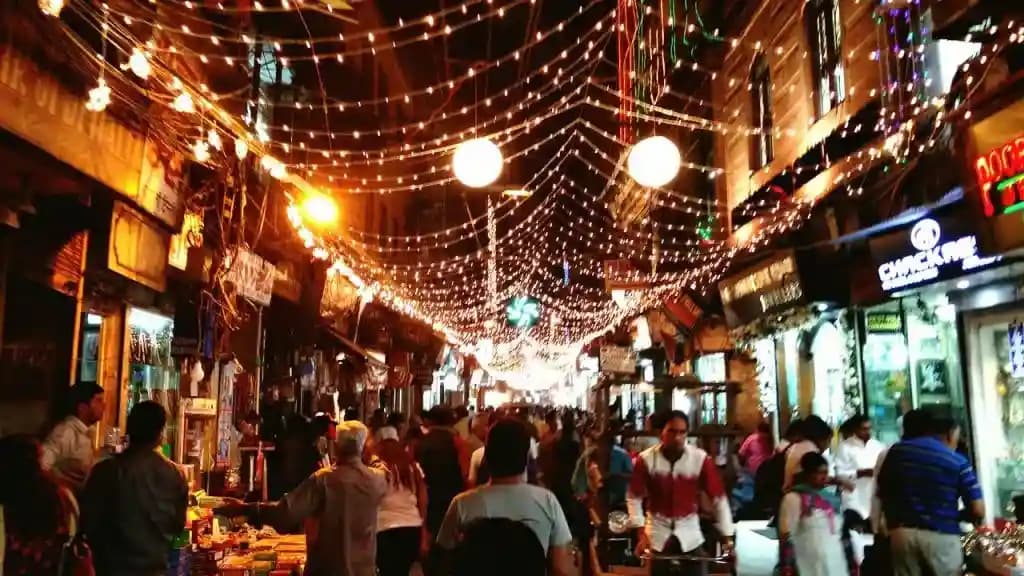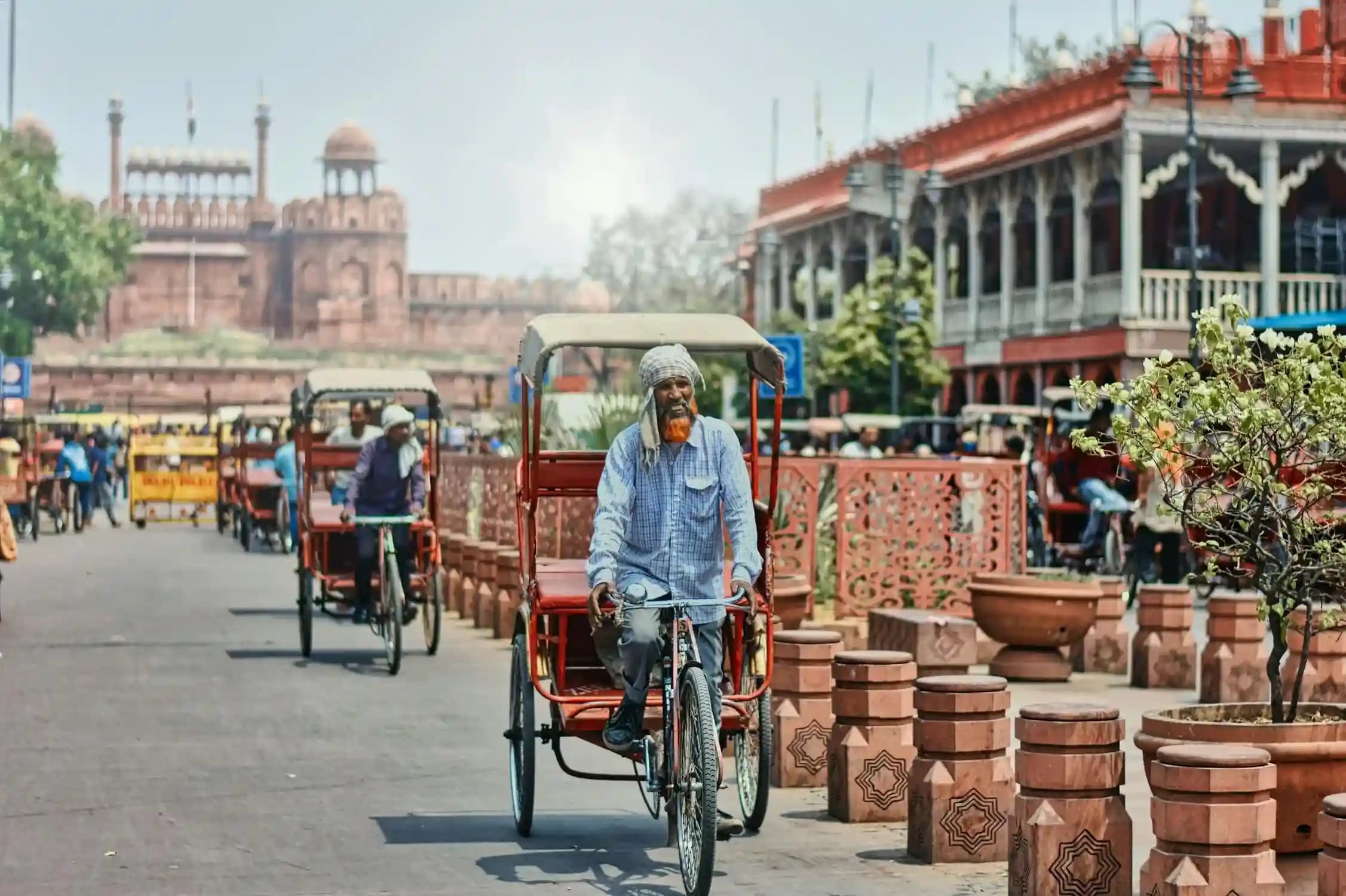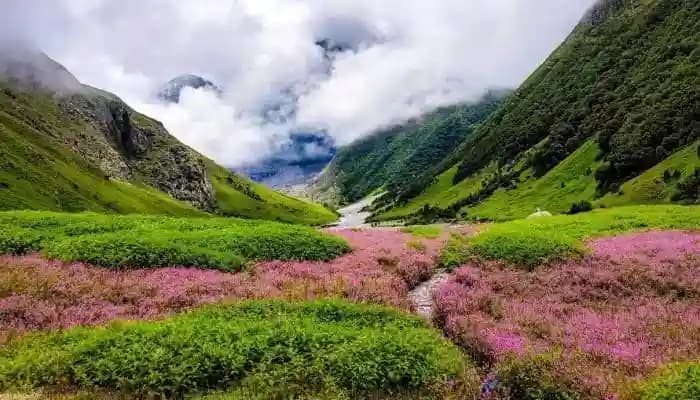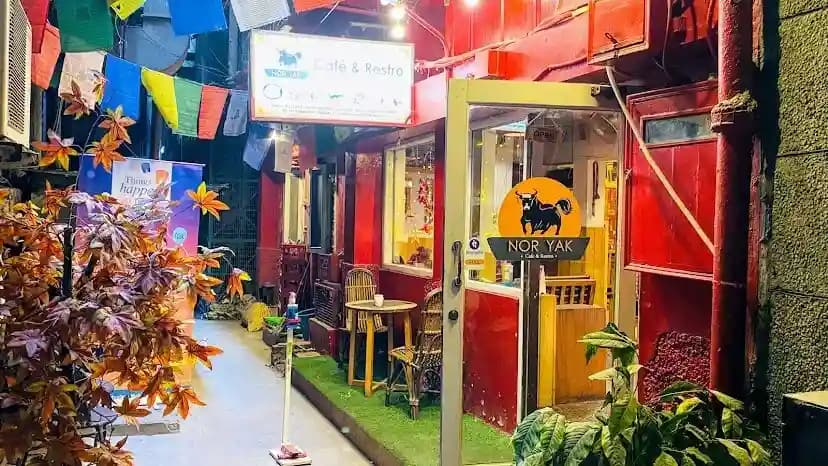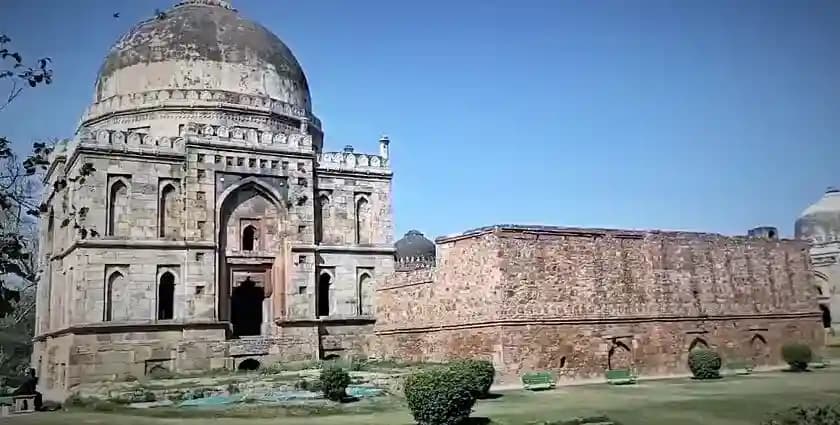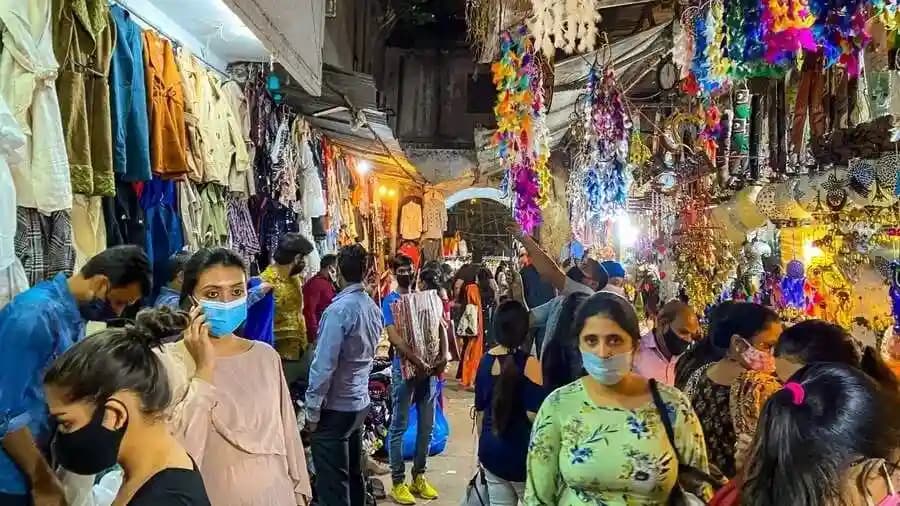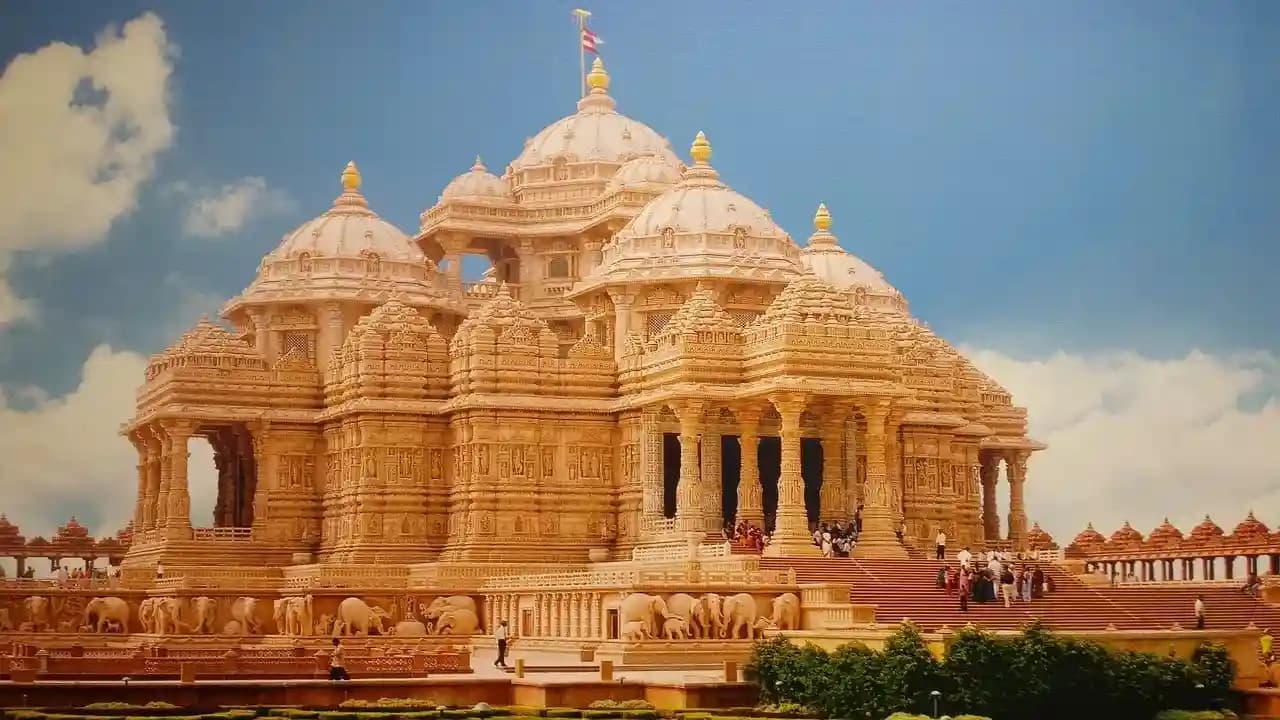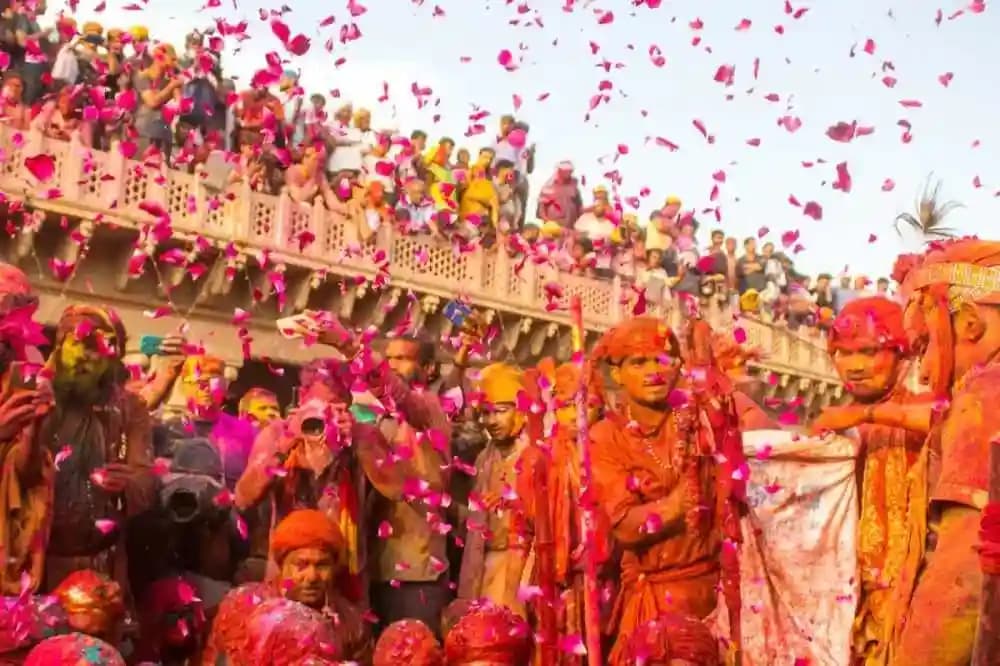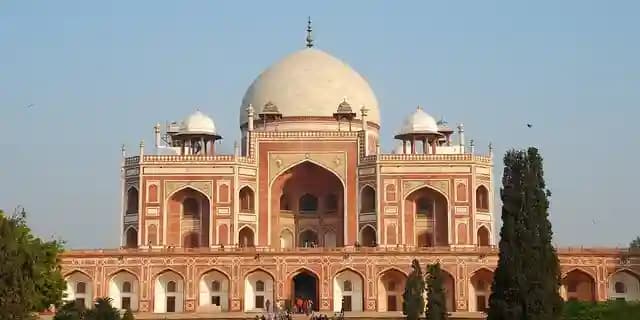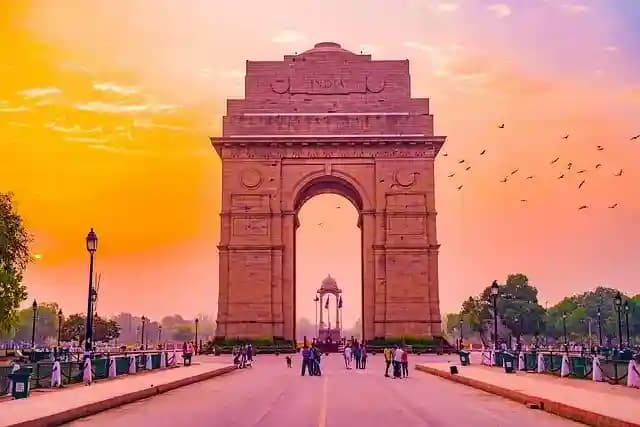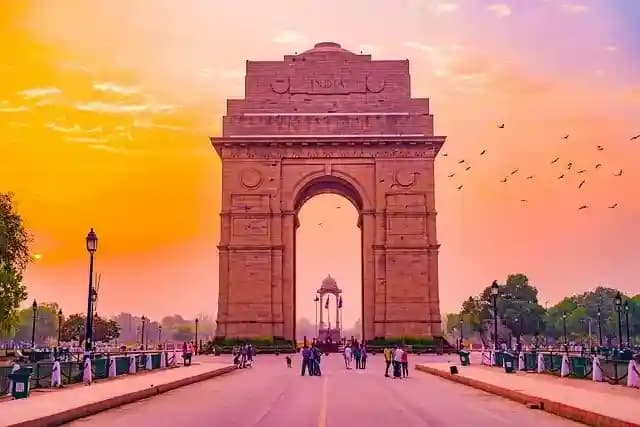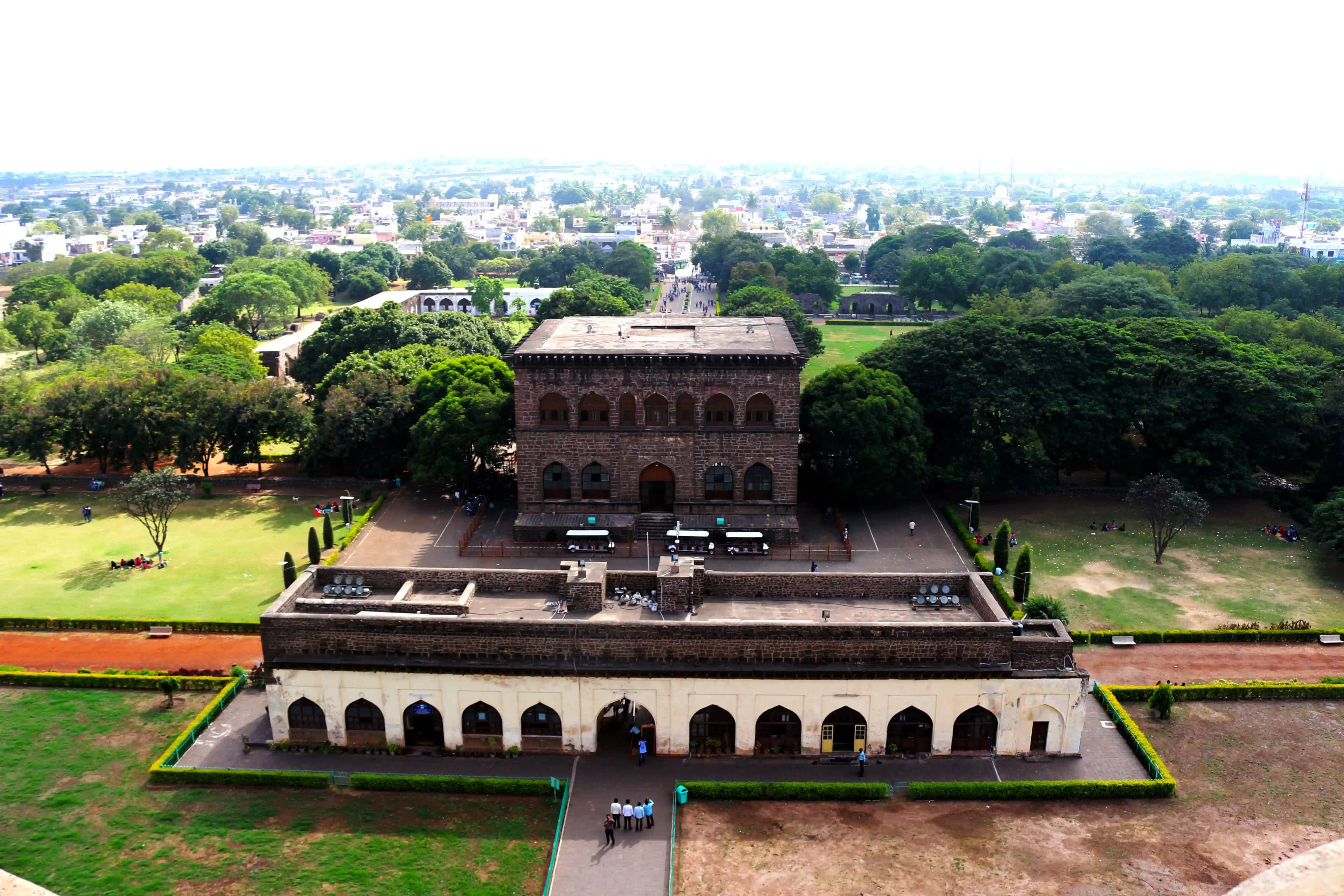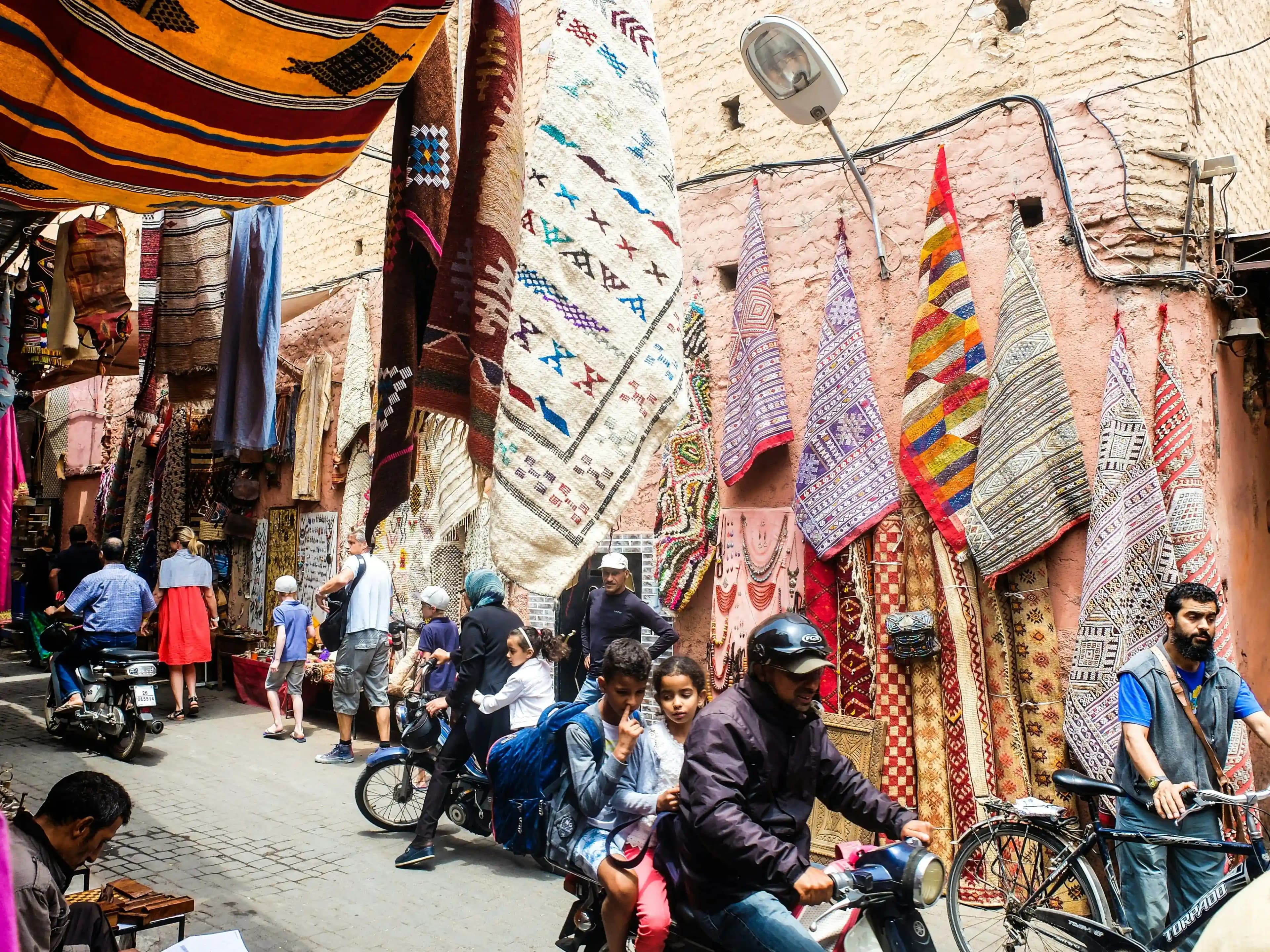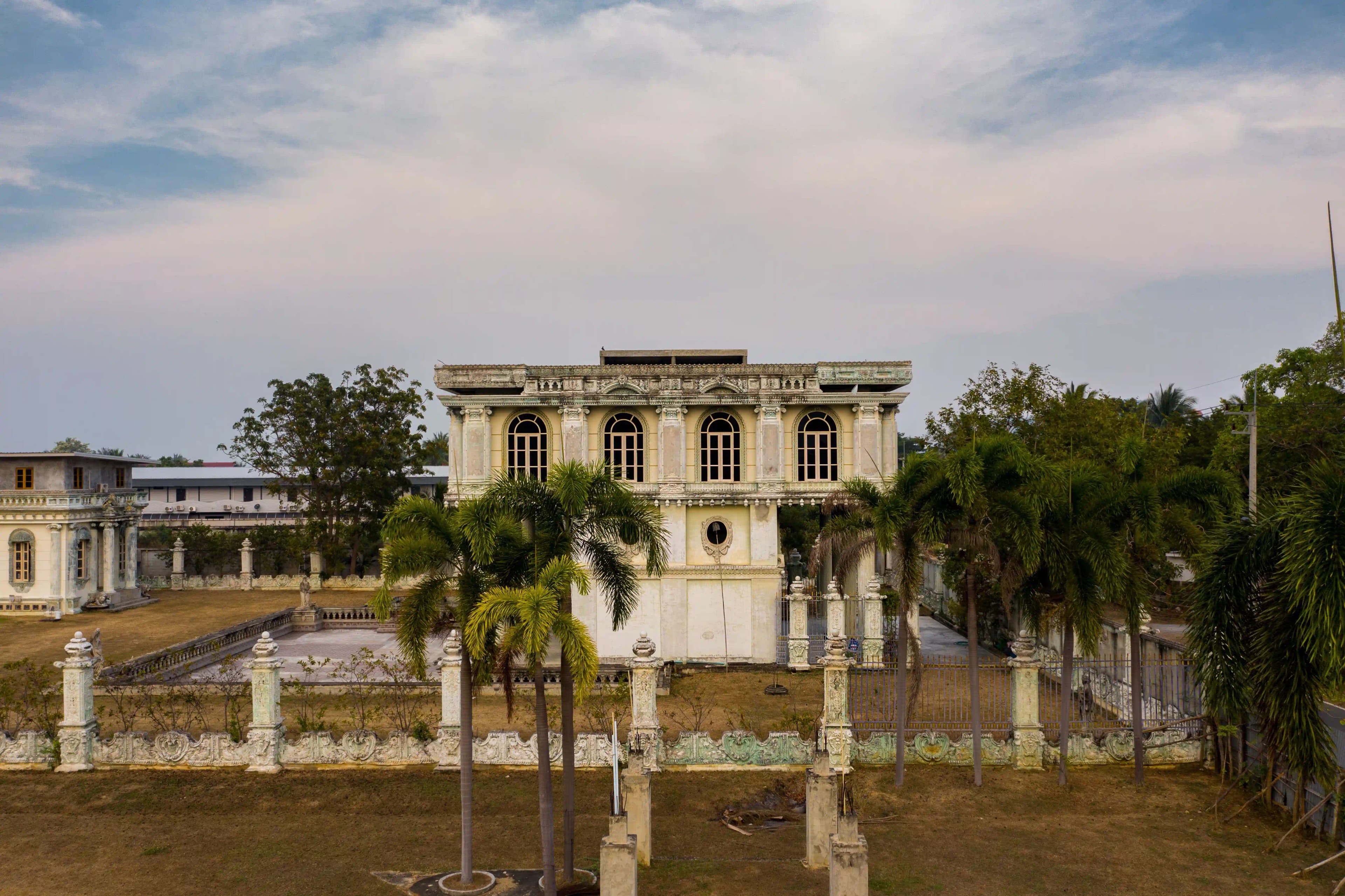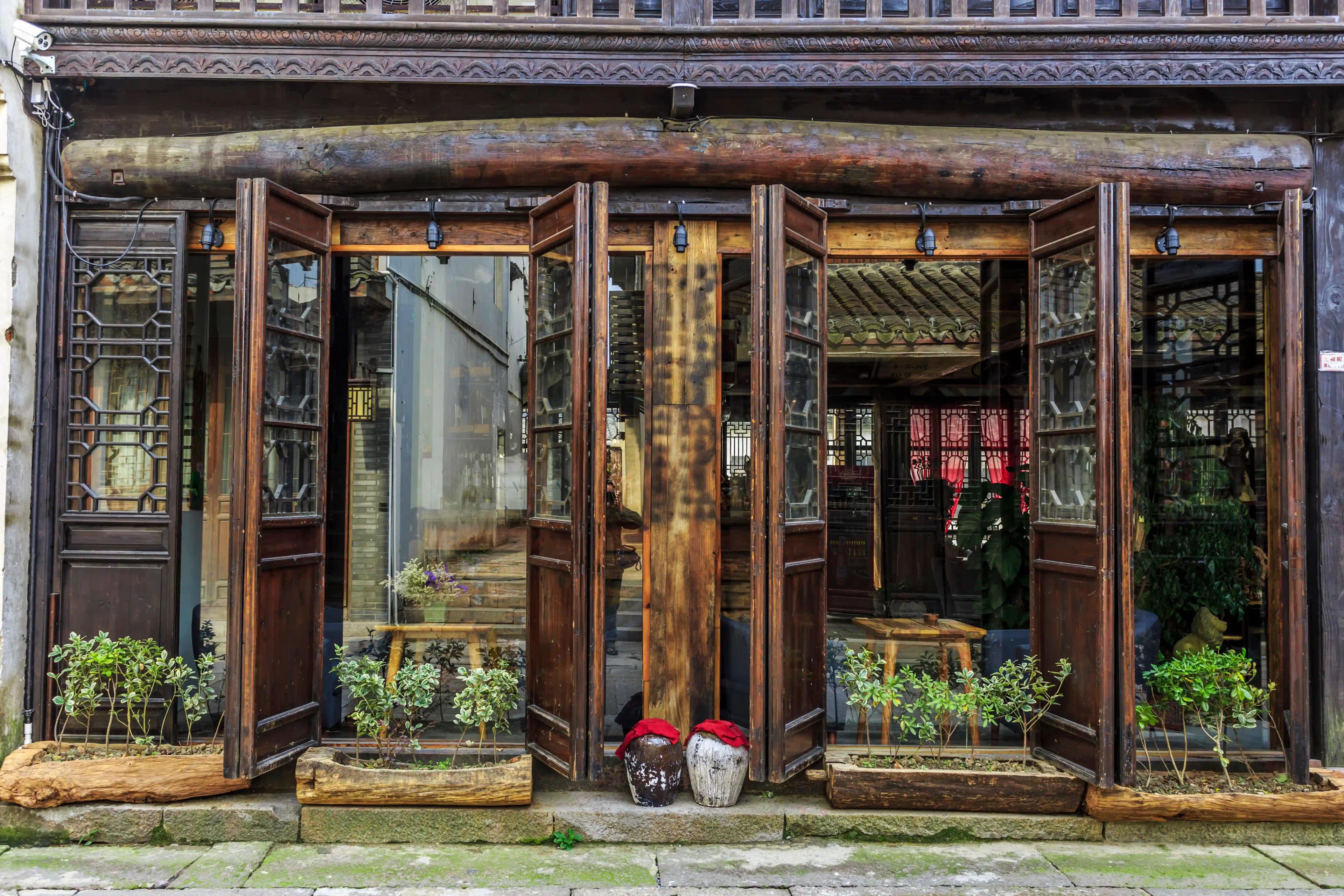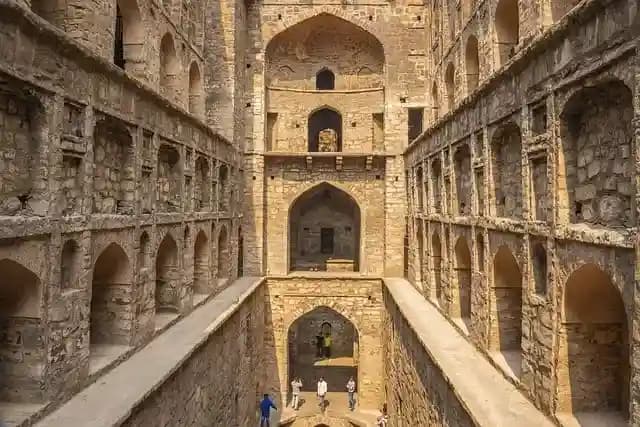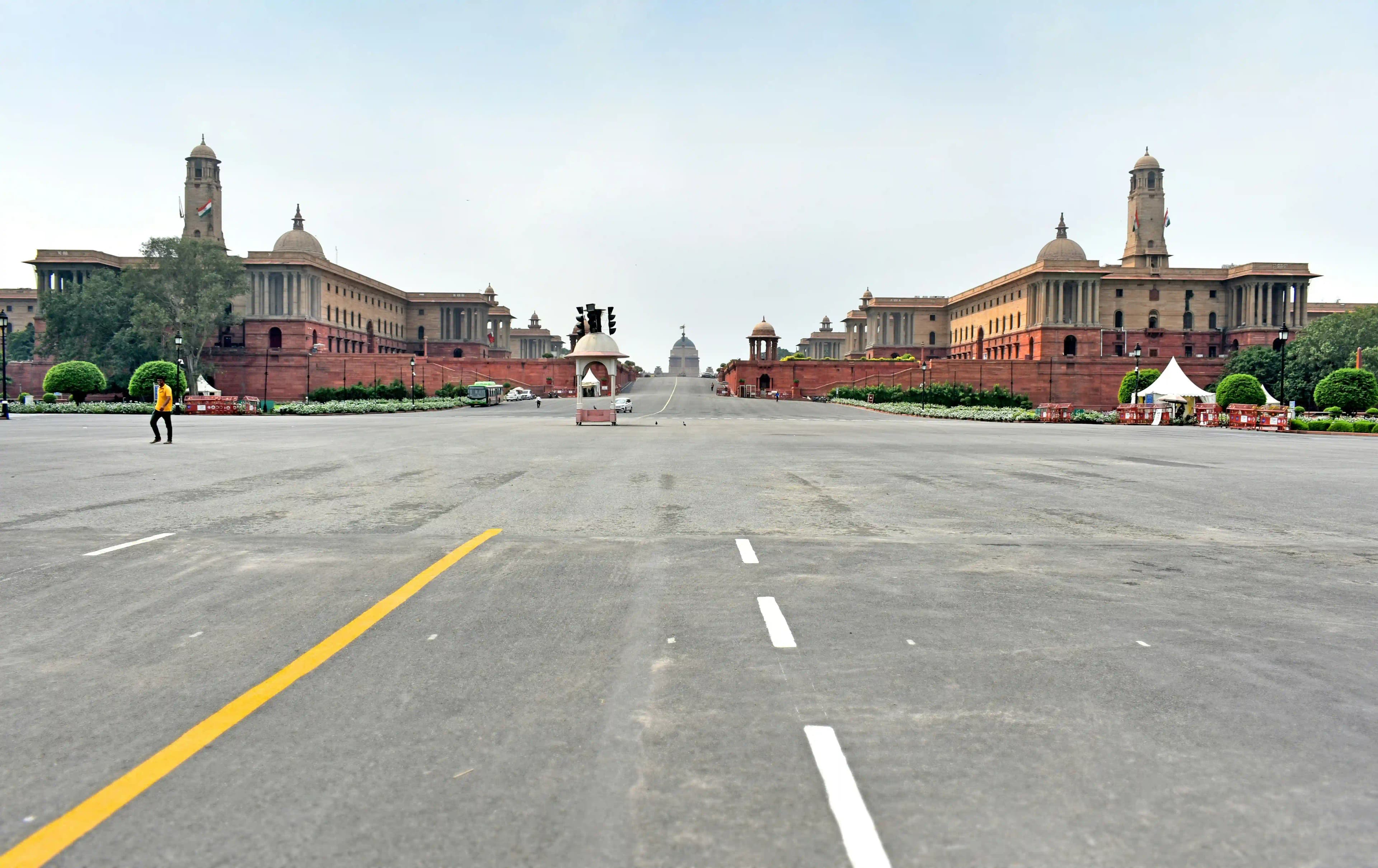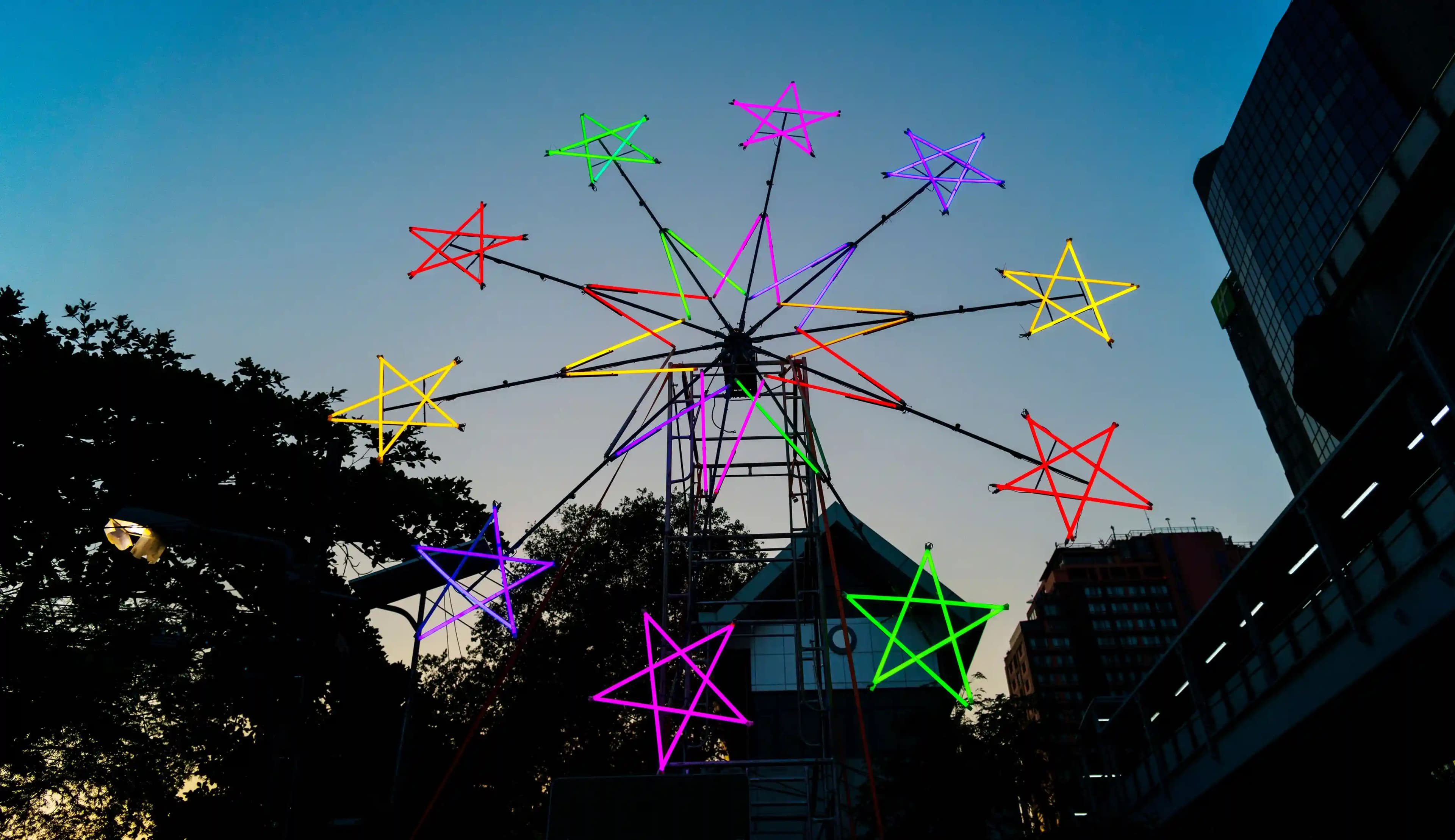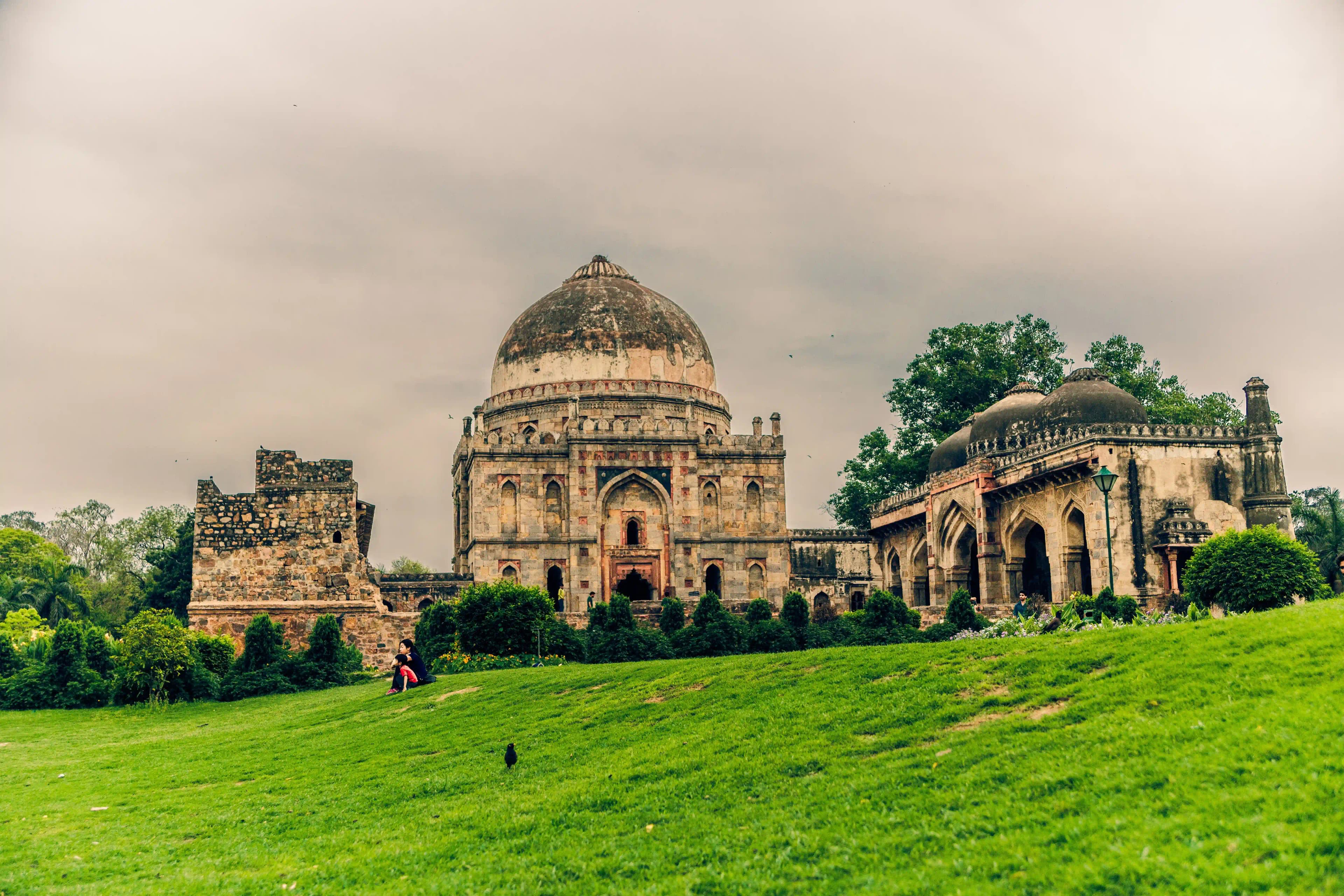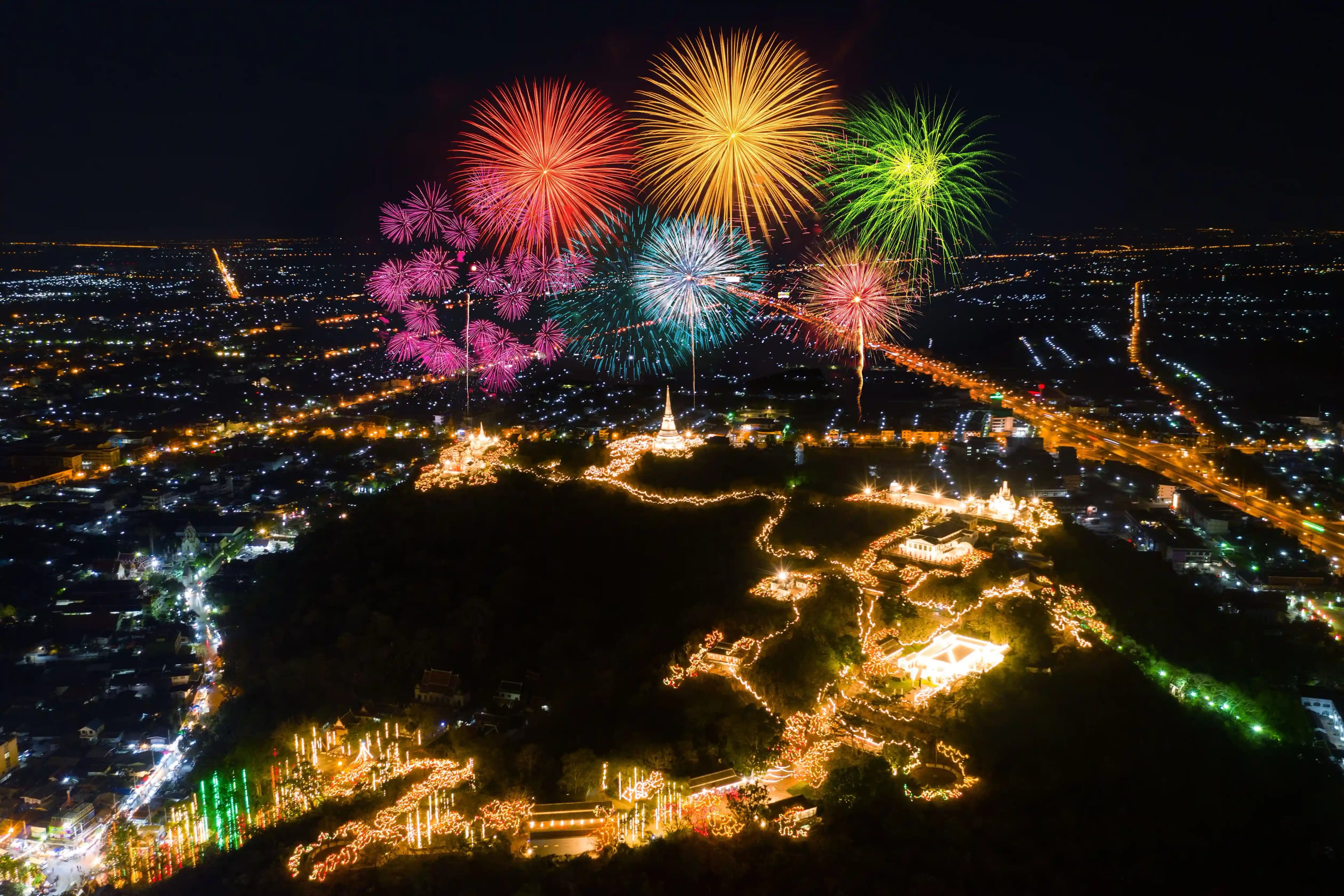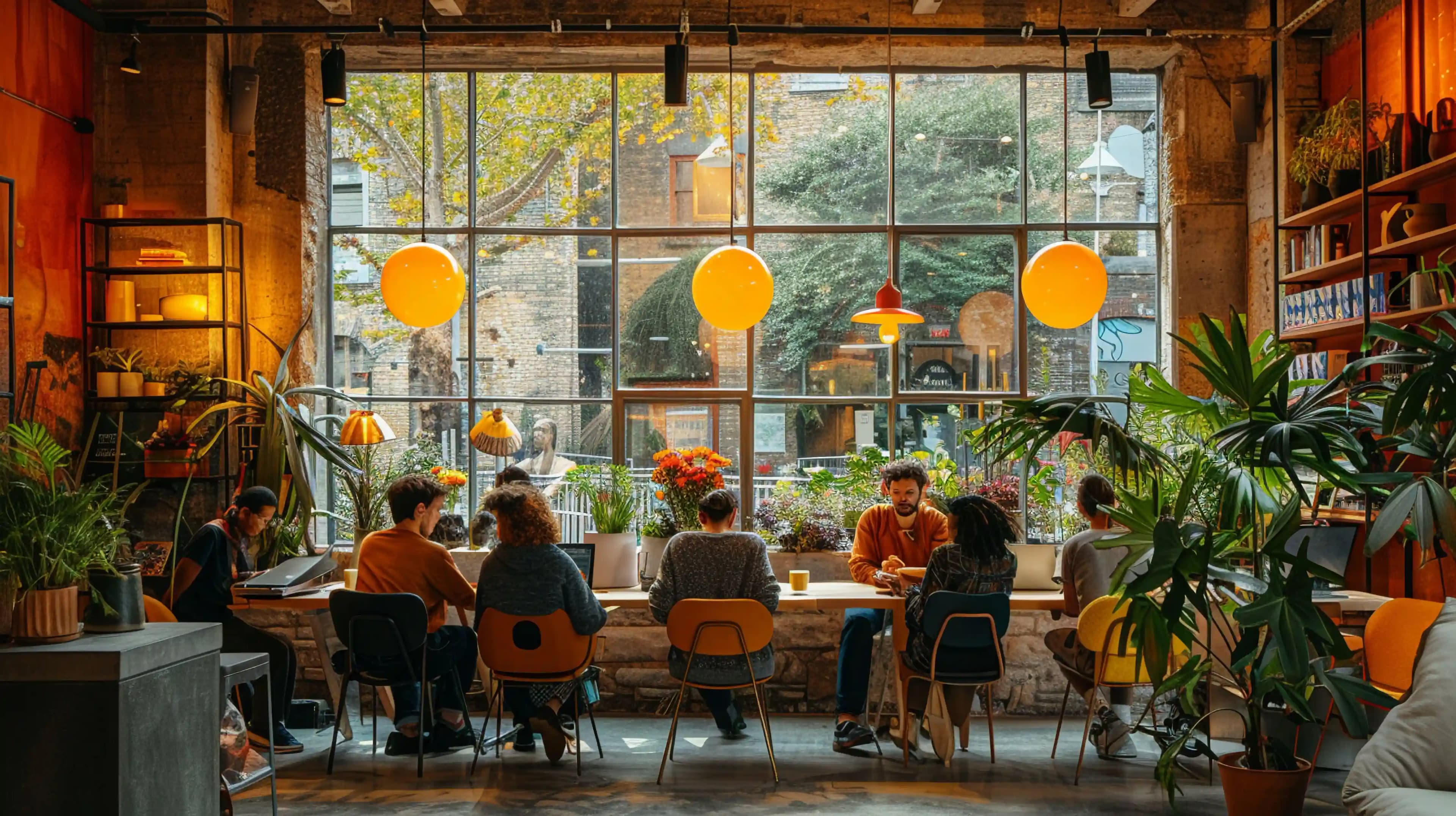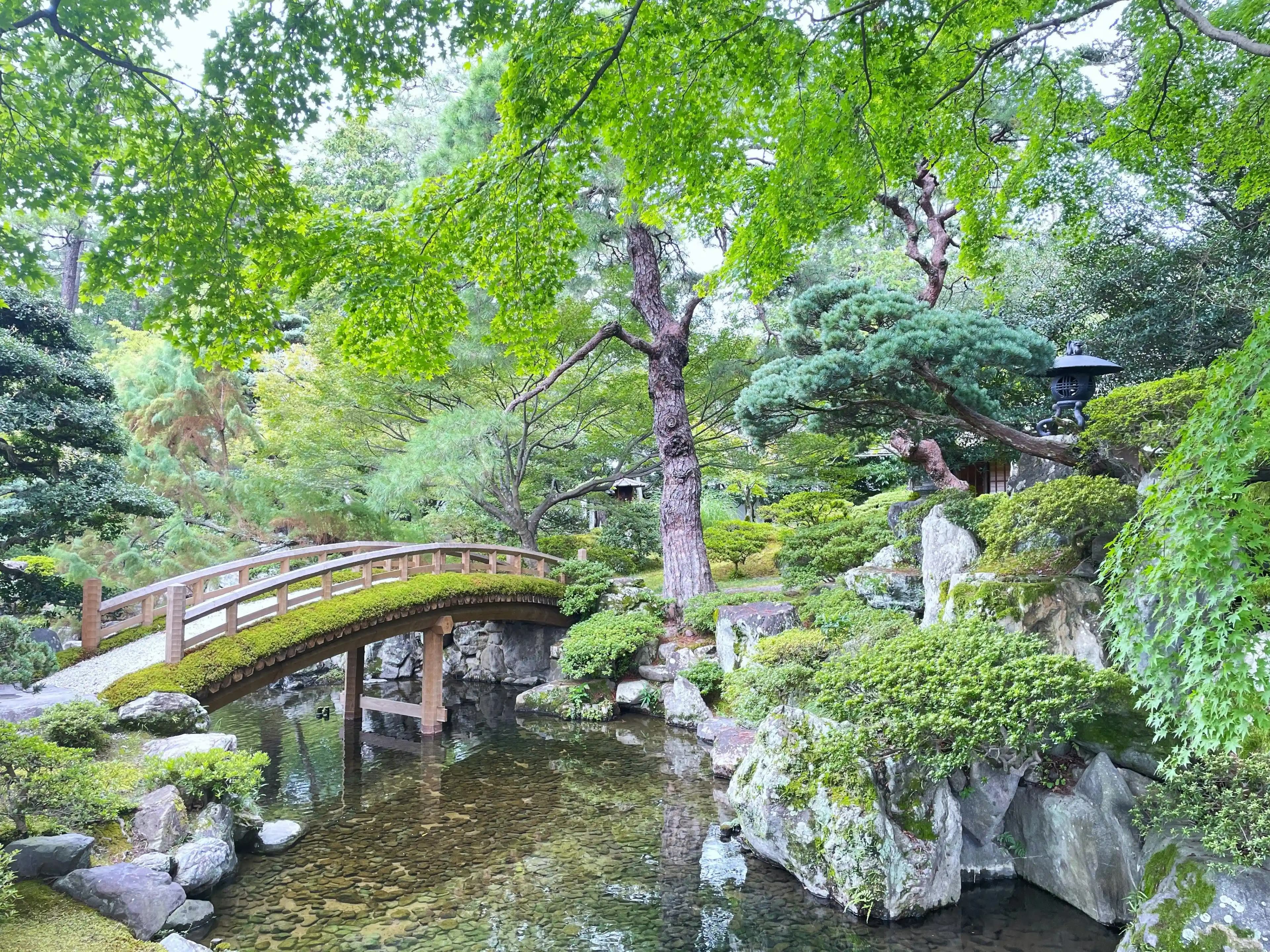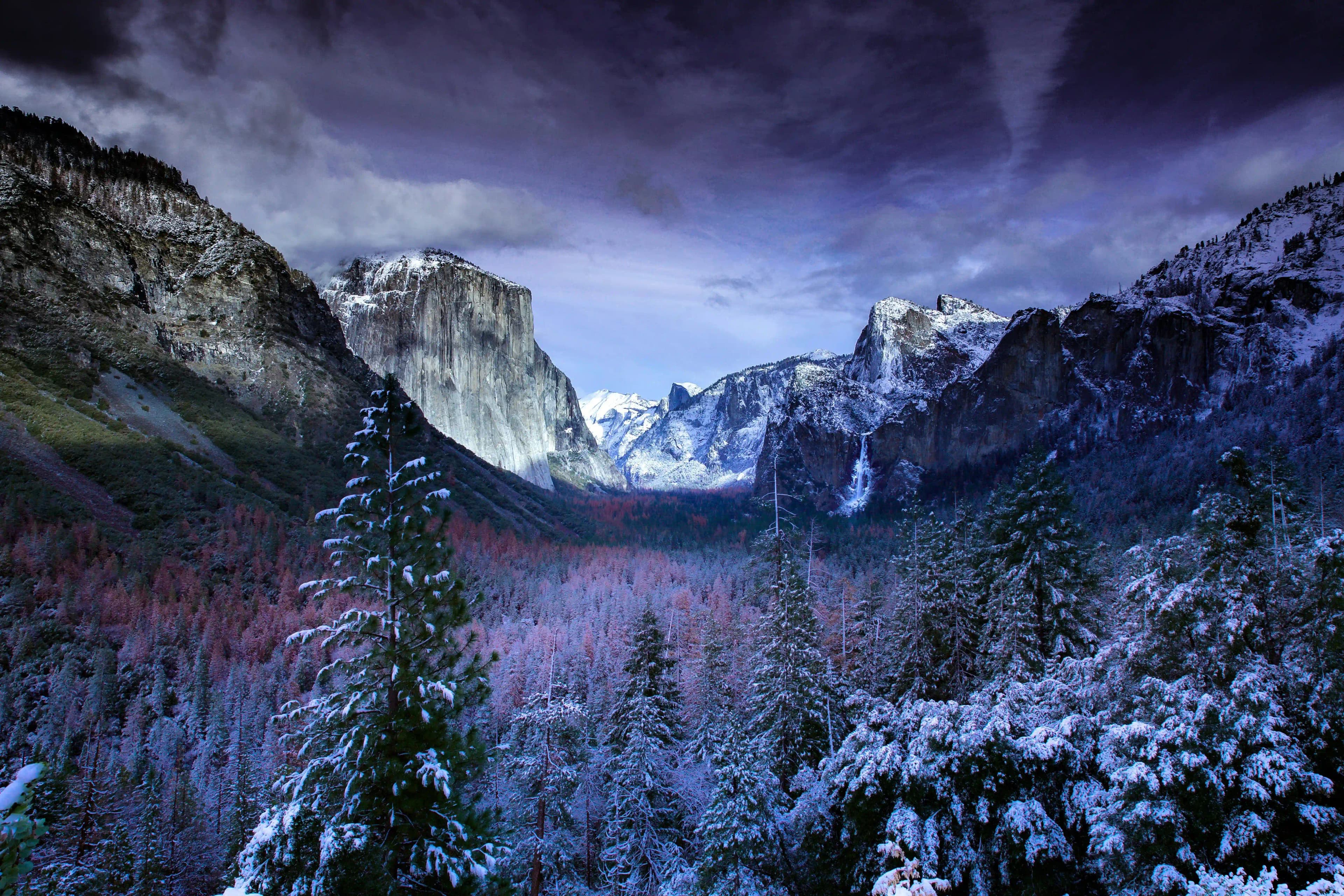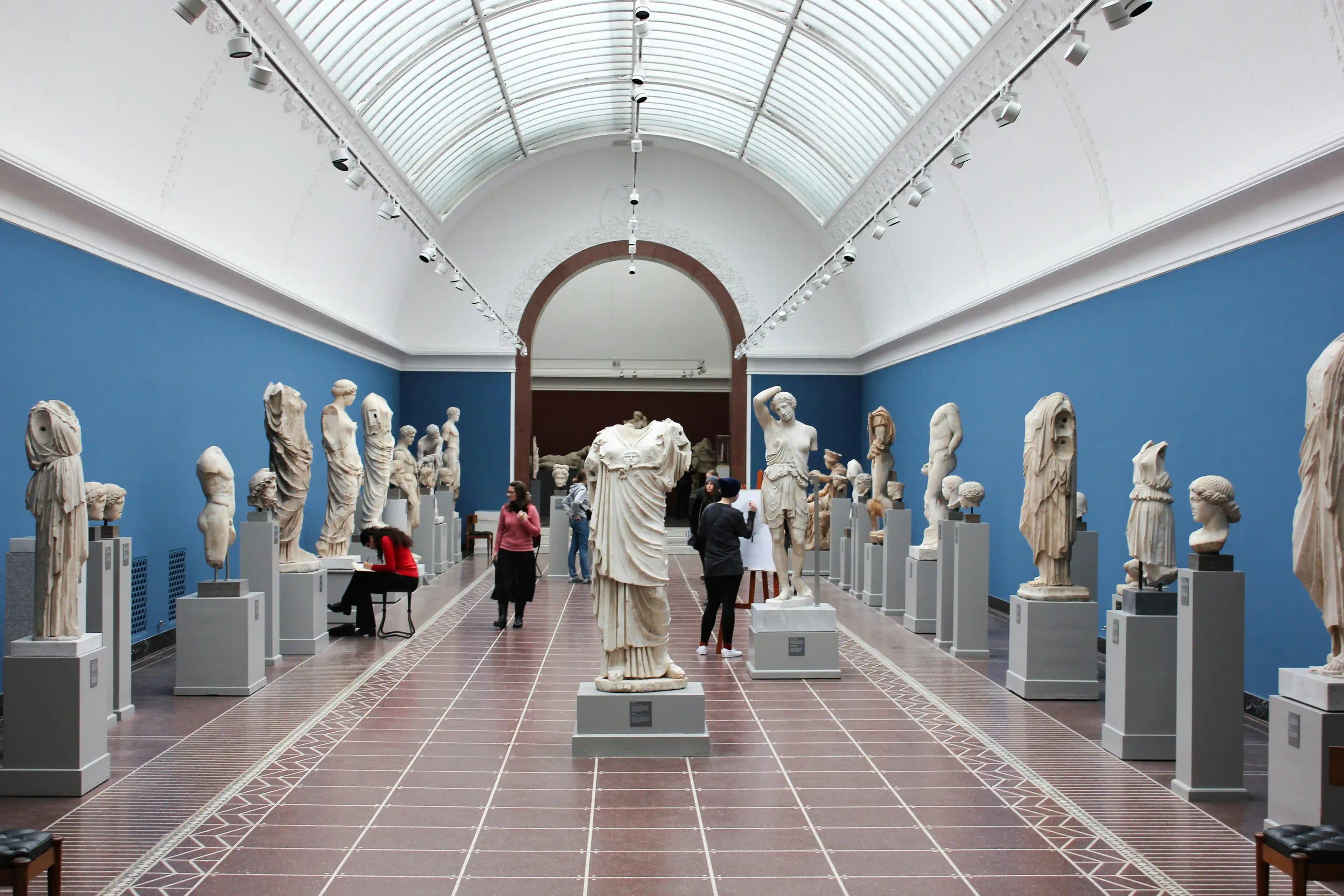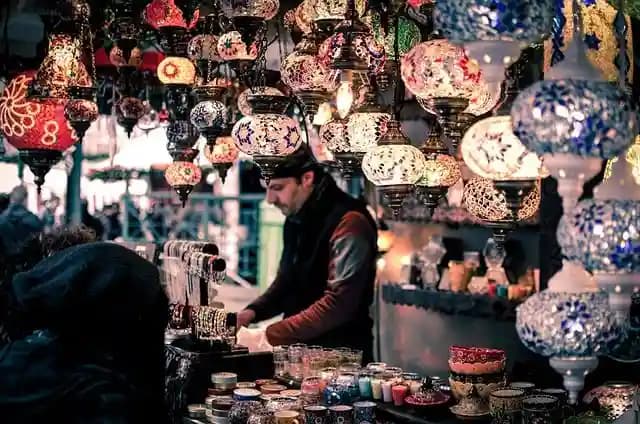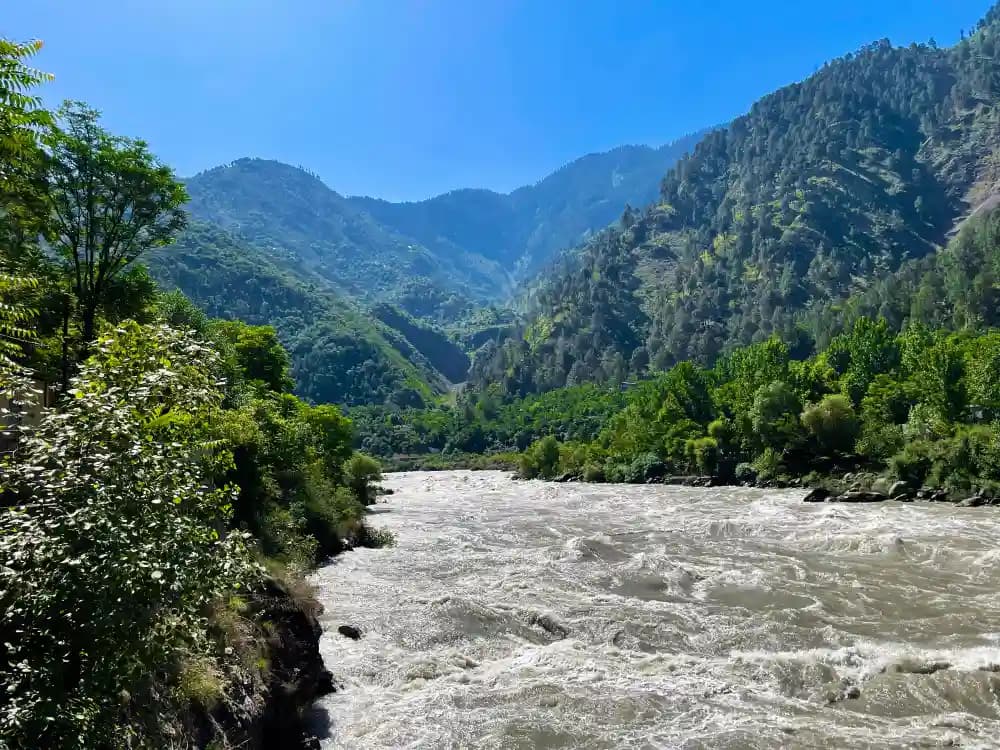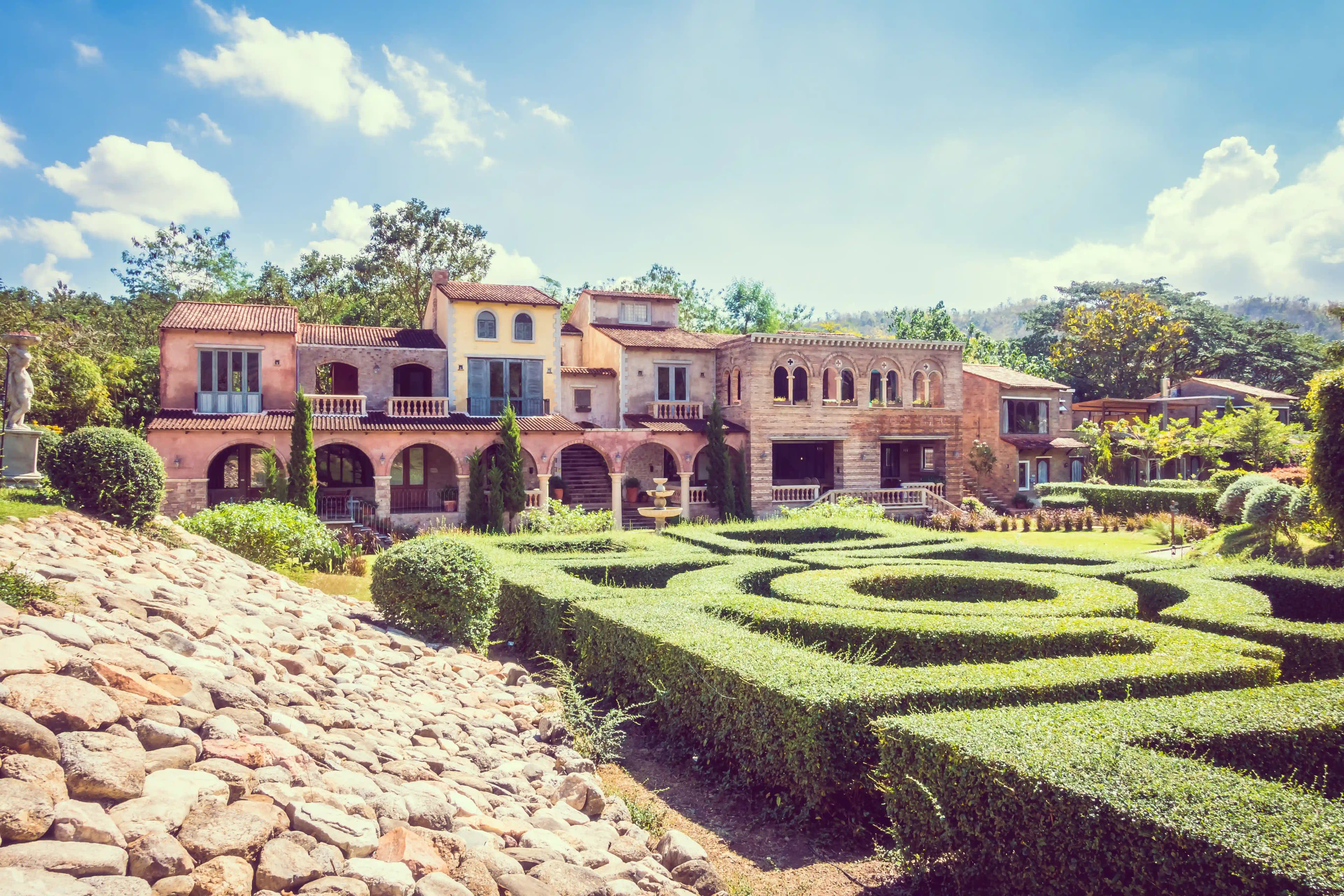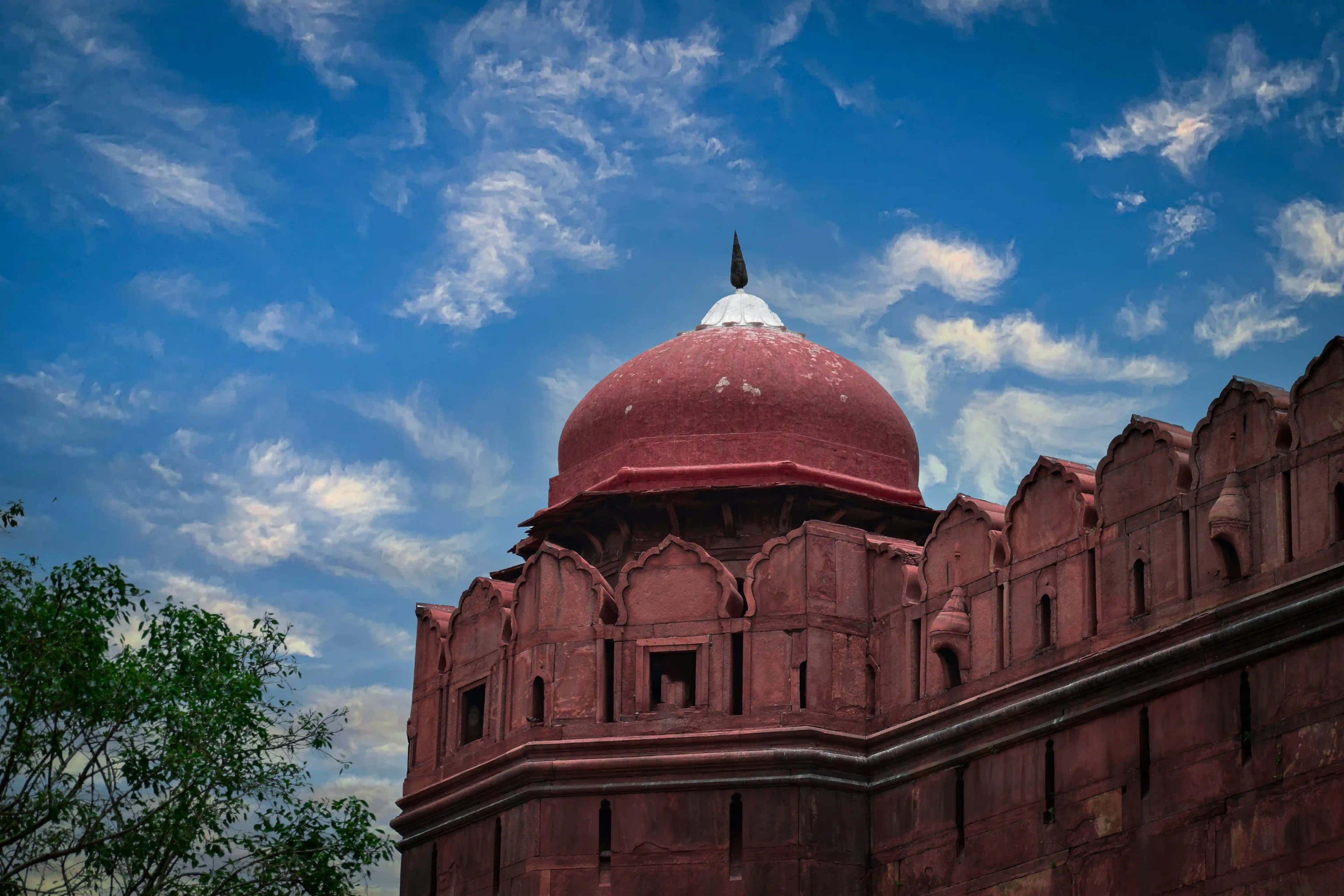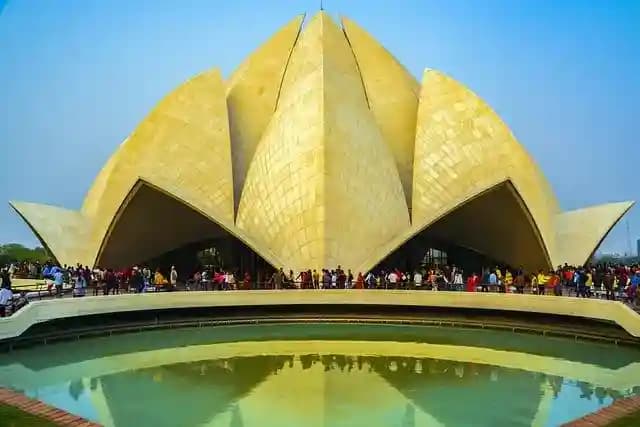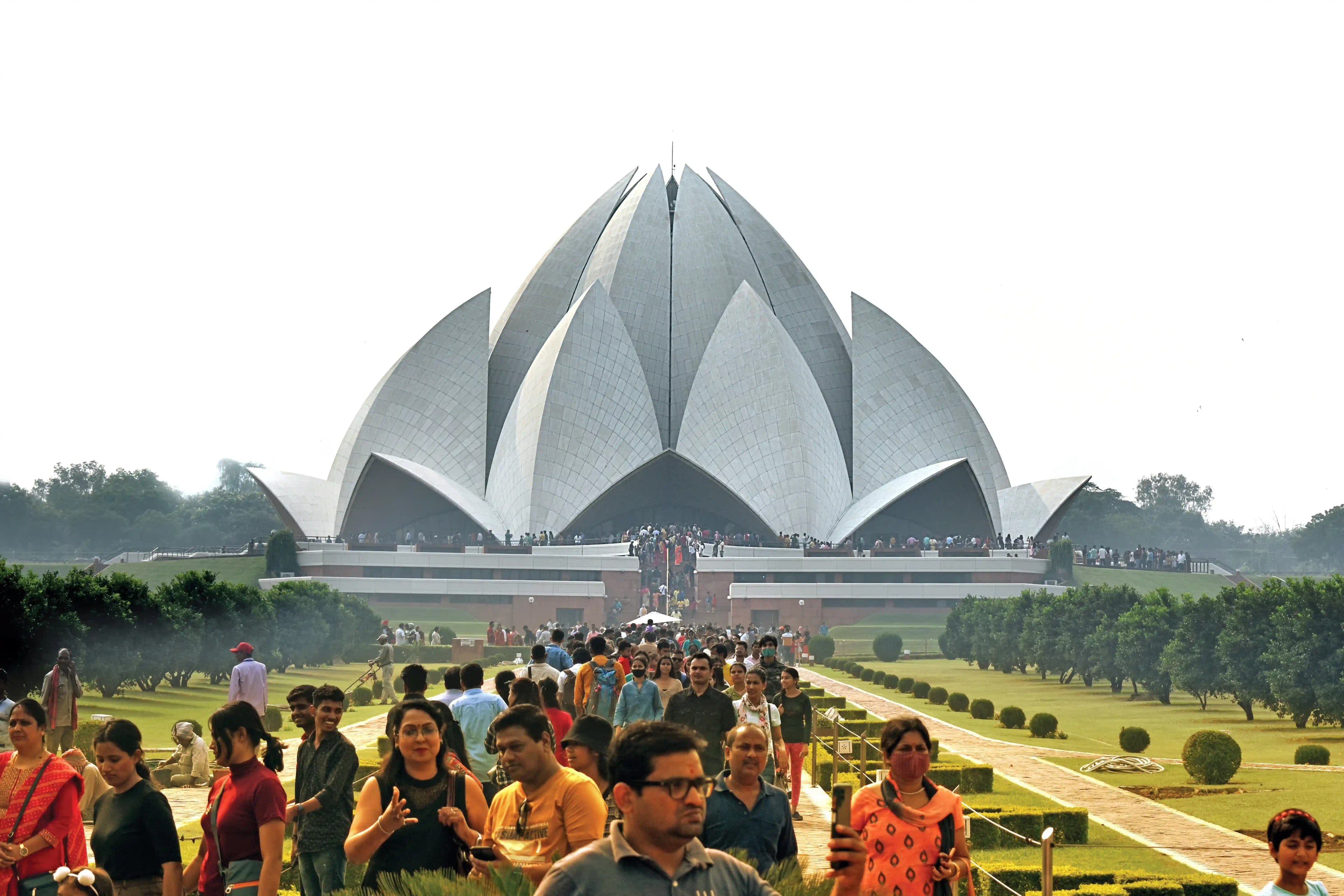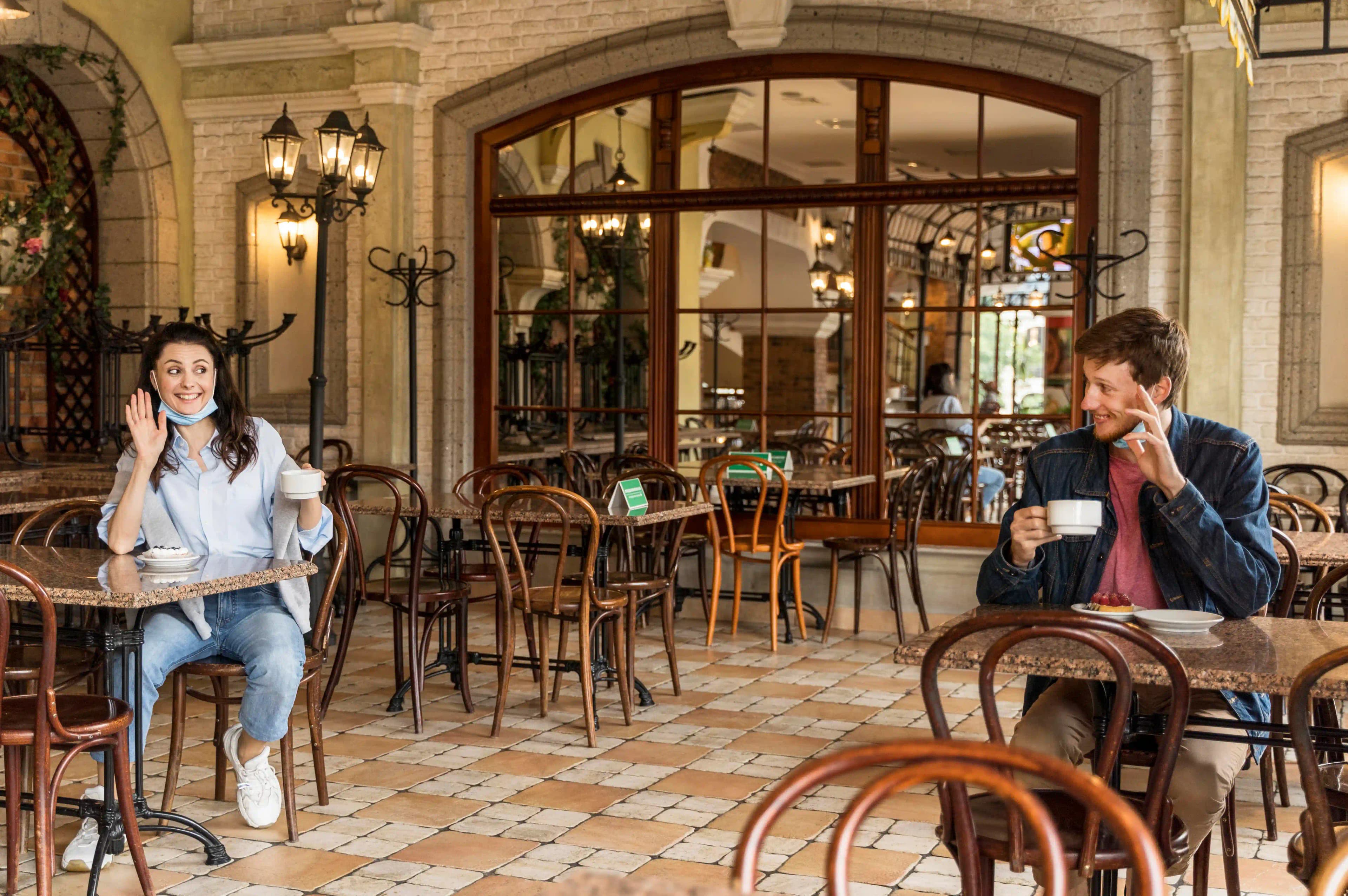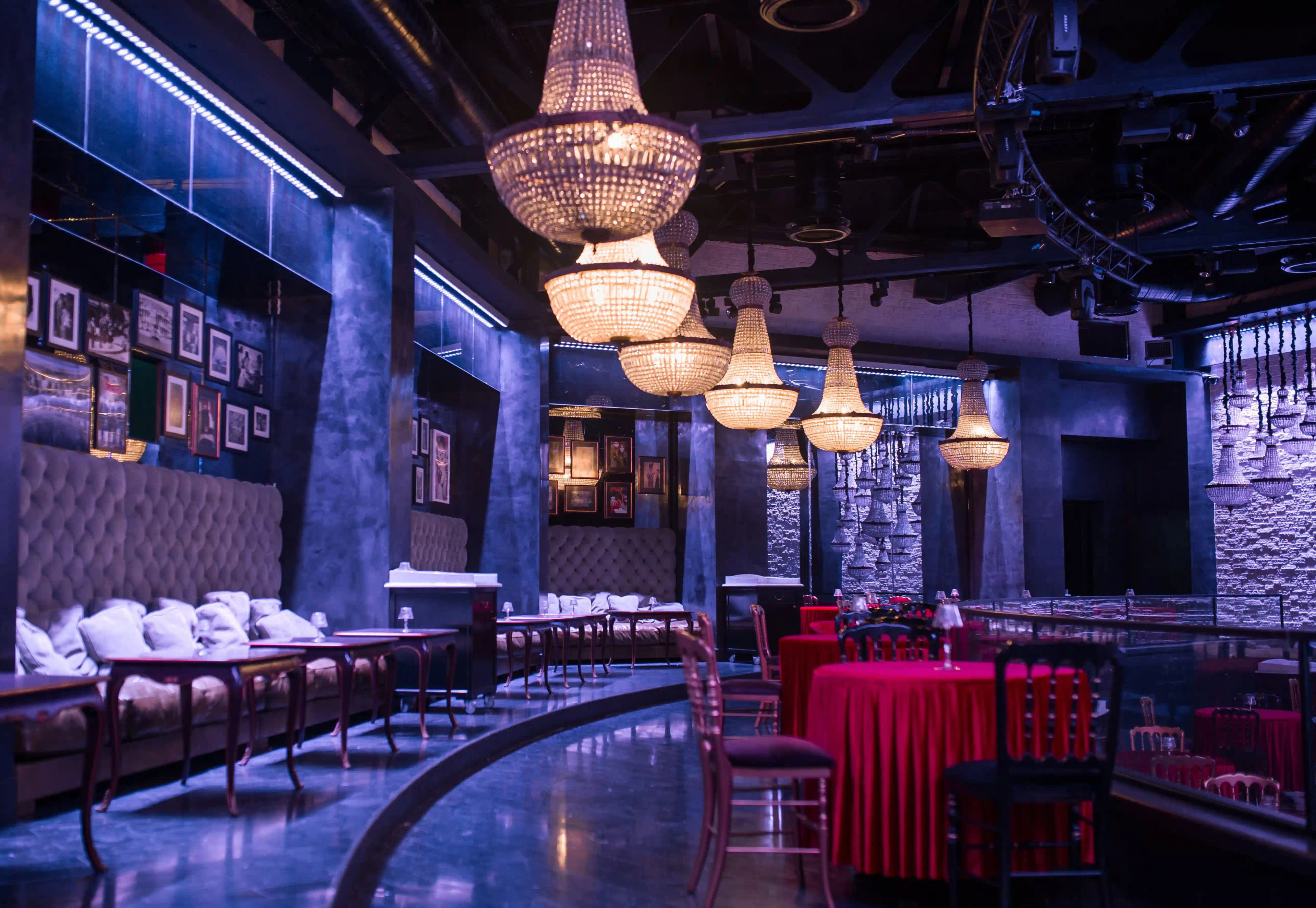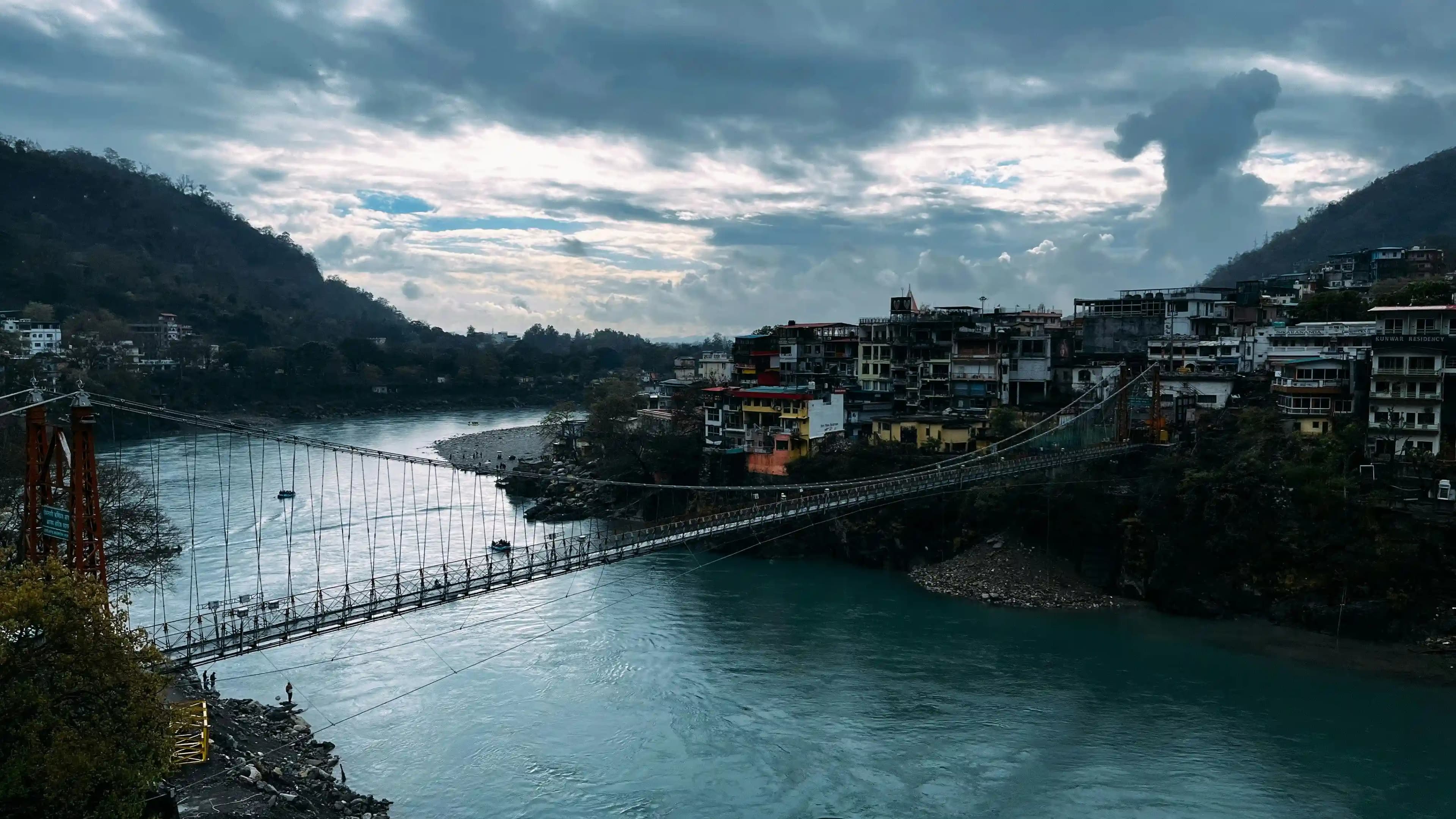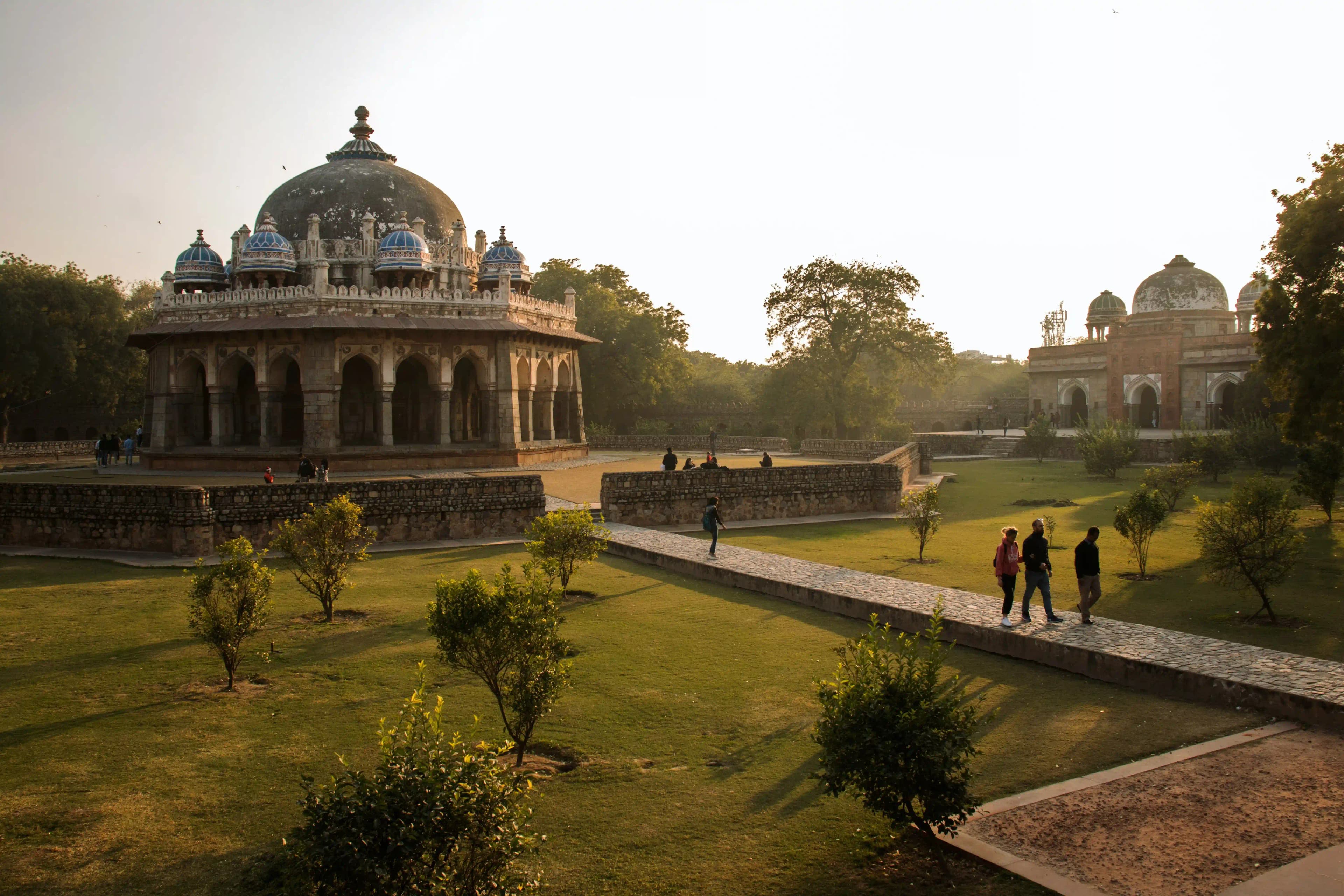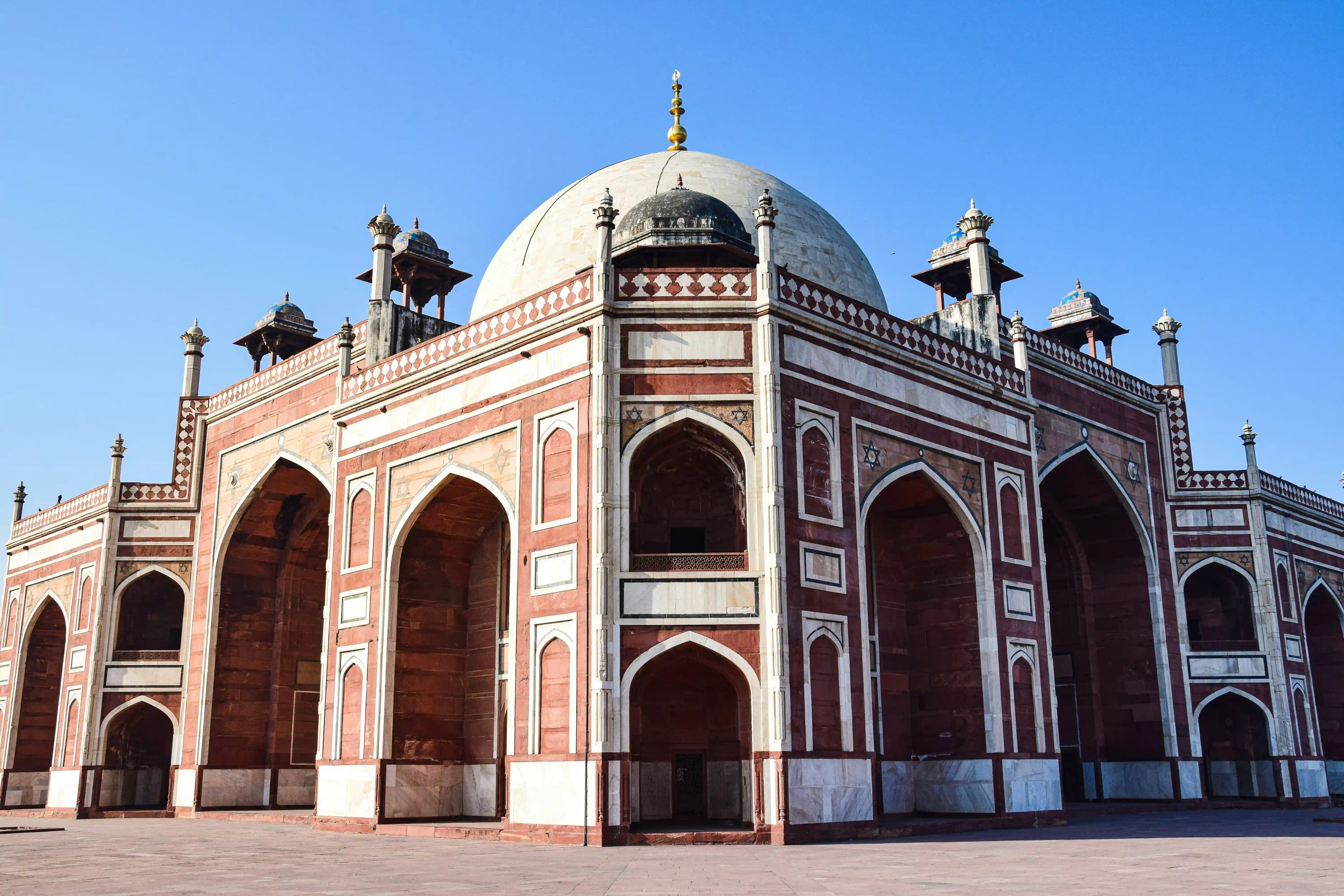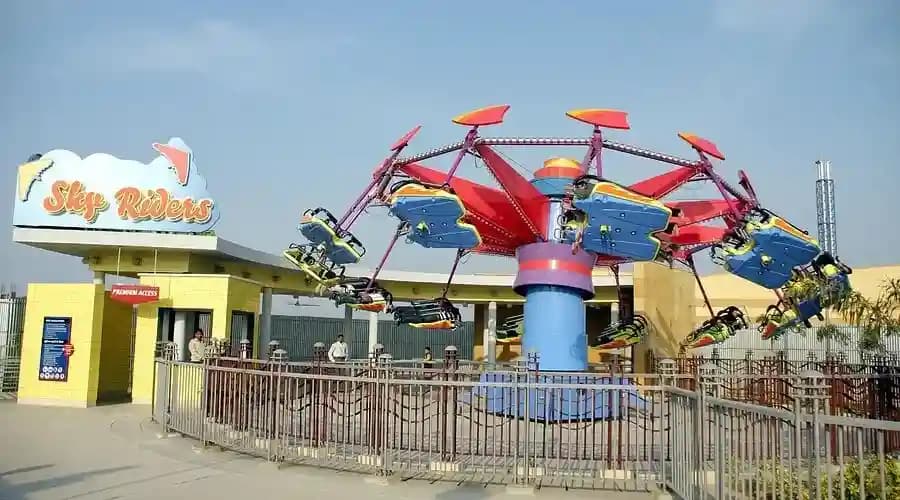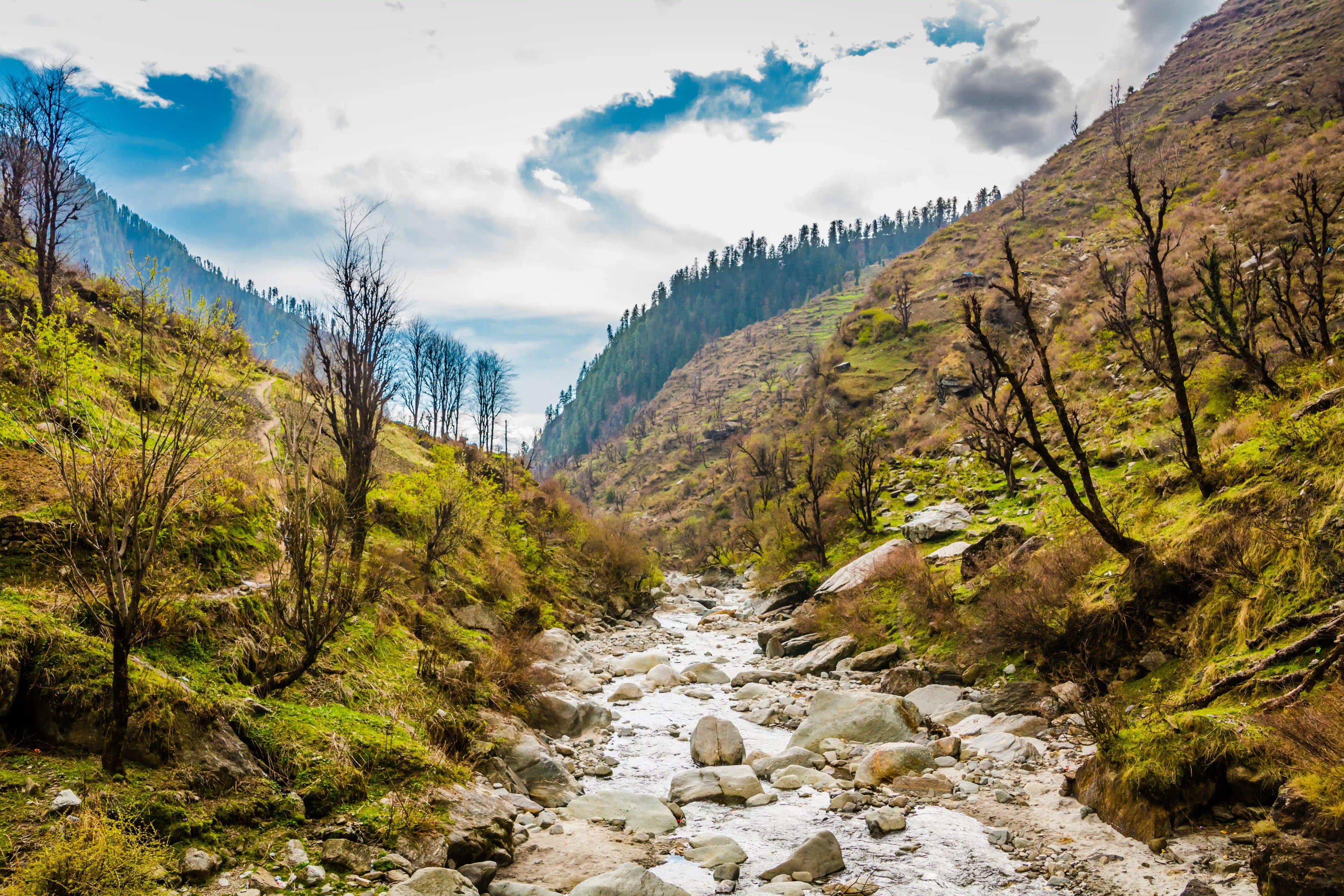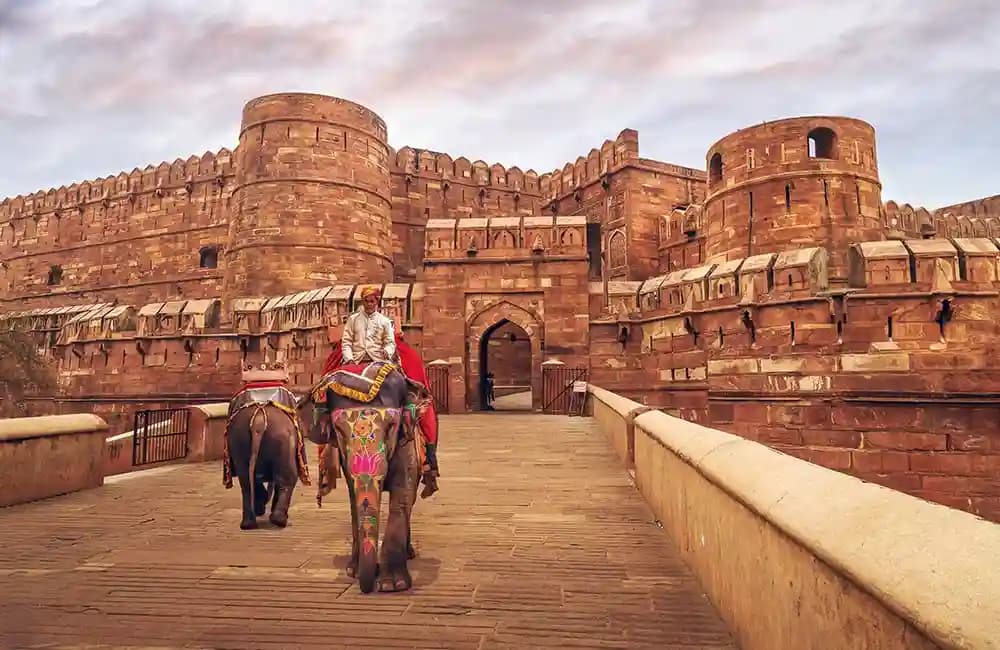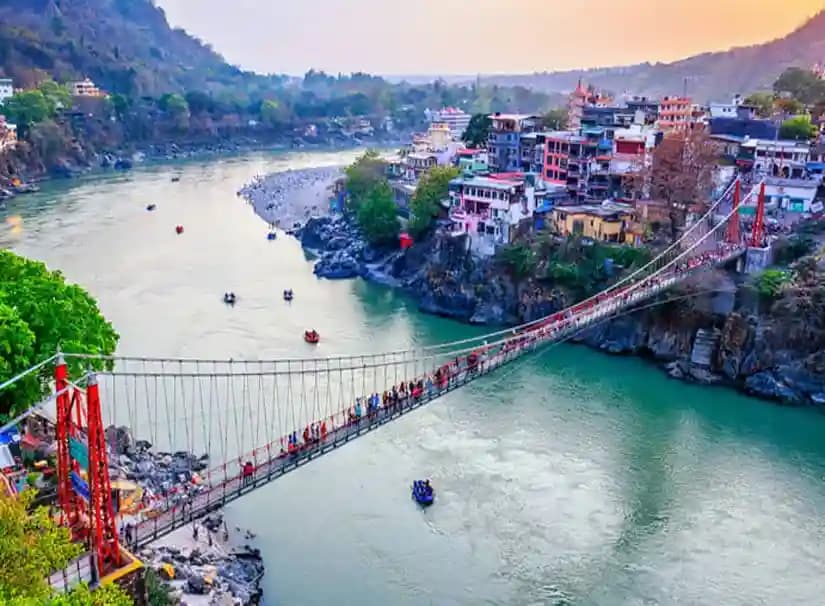Delhi, India's capital city, is a rich mine of history, culture, and famous structures that retell old stories. Among these is India's largest and, perhaps, most beautiful mosque, the Jama Masjid. Jama Masjid, located in the center of Old Delhi, is more than simply a place of prayer; it also represents India's rich past, Mughal splendor, and the city's dynamic vitality. Jama Masjid is a must-see for anybody interested in history, architecture, or discovering the heart of Delhi.
This blog will take you on a tour of the beautiful Jama Masjid in delhi, its history, architecture, and the cultural riches that surround it. Let's go into what makes this mosque so unique.
A Peek into the Past: The Tale of Jama Masjid In Delhi:
To grasp the spirit of Jama Masjid, one must travel back in history to the Mughal period. Emperor Shah Jahan, the visionary who created the Taj Mahal, built Jama Masjid, also known as Masjid-i-Jahan-Numa, which translates to "mosque commanding a view of the world." Construction of the mosque started in 1650 and took 6 years to finish. When completed in 1656, Jama Masjid served as the focal point of Shah Jahan's new capital, Shahjahanabad (modern-day Old Delhi).
It's hard to believe that over 5,000 people worked nonstop for six years to construct this gorgeous mosque! Jama Masjid, with its huge courtyard that can hold over 25,000 worshipers, was created not just as a place of prayer but also as a symbol of the Mughal empire's majesty and architectural genius.
Best time to visit Jama Masjid
The best time to visit Jama Masjid is in the early morning or late afternoon. You can take in the mosque's calm and serenity in the morning without crowds of people, and in the late afternoon, the golden hour light illuminates the mosque's red sandstone and white marble.
Evenings are equally wonderful, as the mosque is magnificently lighted, casting an otherworldly glow that contrasts with the chaotic activity of the nearby market. Visiting during the holy month of Ramadan or Eid adds a festive and devotional element to the ambiance, but be prepared for huge crowds.
How To Get To Jama Masjid?
The sprawling Delhi Metro network makes it easy to get to Jama Masjid from anywhere in Delhi. The nearest metro station is Jama Masjid on the Violet Line, which is only a short walk from the mosque. On the other hand, you can hire a car or cycle rickshaw from Chandni Chowk.
Once you're there, spend some time exploring the surroundings. Visit the neighboring Red Fort, a UNESCO World Heritage site, or wander through the small streets of Chandni Chowk, where every corner has a tale to tell.
Jama Masjid's Artistic Brilliance
Jama Masjid's architecture is a work of art in itself, mixing Islamic, Persian, and Hindu elements in perfect harmony. As you approach the mosque, the very first thing you'll notice is its great entrance, surrounded by three large gates and four tall minarets built of red sandstone and white marble. The center dome is a magnificent white with black lines, typical of Mughal aesthetics.
The enormous size and symmetry of the Jama Masjid are breathtaking. The mosque measures more than 1,200 square meters, and the courtyard alone can hold tens of thousands of people during prayer. The main prayer hall is impressive, with its high arched ceilings and beautiful inlay work. The flooring is marble, with black lines outlining where worshipers can sit.
Must-See Features:
1. The minarets: Climbing the southern minaret is essential for visitors. After a small fee and a brief but steep hike, you'll be rewarded with a stunning sweeping view of Old Delhi. From here, one can view the hectic yet gorgeous mix of Chandni Chowk, the Red Fort, and the rest of the neighborhood.
2. The Prayer Hall: The mosque's main hall has 260 columns supporting the ceiling, each artistically carved with Quranic calligraphy and floral motifs. The auditorium springs peace and serves as a spiritual getaway from Delhi's bustling streets.
3. The courtyard: The Jama Masjid's large open courtyard serves as its focal point. Thousands of worshippers flood the courtyard at prayer hours, especially on Fridays and during festivities such as Eid. Even when it's quiet and reserved it's a great area to relax and see the mosque.
4. Relics of Prophet Muhammad: The Jama Masjid includes various precious relics, including a copy of the Quran carved on deerskin, a strand of Prophet Muhammad's beard, and his sandals. These artifacts draw thousands of people who come to see and pay respects.
Old Delhi Vibes: The Lively Environment Around Jama Masjid
As beautiful as Jama Masjid is, much of its attractiveness comes from its position in Old Delhi, a bustling, chaotic neighborhood that feels like something out of a time of romance. When you go outside the mosque, you are welcomed with the vibrant energy of Chandni Chowk, one of Delhi's oldest and biggest markets.
If you are a foodie, you are in luck! Jama Masjid sits in the heart of some of Delhi's greatest street cuisine. From fragrant kebabs cooking on charcoal barbecues to melt-in-your-mouth naan and spicy, sour chaat, this is a foodie's dream.
Must-Try Street Food Near Jama Masjid:
1. Karim's. This legendary cafe, which opened in 1913, is a stone's throw from the mosque. Karim's is a must-visit for foodies, known for its delectable Mughlai cuisine such as mutton korma and kebabs.
2. Al-Jawahar: Al-Jawahar is another local favorite, serving great biryani, nihari, and keema. The tastes are deep and real, and the recipes have been passed down through generations.
3. Cool Point: After a hot lunch, cool off with shahi tukda (a thick bread pudding dessert) or phirni (a sweet rice pudding) at Cool Point, which is located just across from Jama Masjid.
Dress Codes and Etiquette
Because Jama Masjid is a place of prayer, it is necessary to follow the dress code and decorum. Visitors are encouraged to wear modest clothing, with both men and women covering their arms and legs. Women are frequently given gowns at the entry if necessary.
While photography is permitted in most sites, it is important to be polite, particularly during prayer times. Always remove your footwear before entering the mosque and keep a calm, respectful manner within.
Why Jama Masjid Is A Must-See in Delhi?
Jama Masjid is far more than just a mosque; it represents Delhi's history, culture, and dynamic energy. It marks the height of the Mughal empire, and each brick in the mosque shows a narrative of religion, strength, and architectural skill. Aside from its historical significance, Jama Masjid is a real, breathing part of Delhi, bringing people from all walks of life together.
Here's why Jama Masjid deserves to be on your list of must-sees in Delhi:
1. Fascinating History: Jama Masjid is a direct link to Delhi's Mughal heritage. Standing in the mosque's courtyard, one can practically hear historical echoes and experience Shah Jahan's vision.
2. Cultural Hub: Jama Masjid, located in the very heart of Old Delhi, provides an opportunity to completely lose yourself in the city's lively culture. The neighborhood surrounding the mosque is alive with activity, providing a true feeling of Delhi's character.
3. Food Heaven: If you enjoy discovering local cuisine, the Jama Masjid's surroundings are a foodie's heaven. You will not go hungry, with options ranging from kebabs to biryani to the tastiest sugary treats.
4. Spiritual Peace: Even if you are not religious, the peace within Jama Masjid is evident. It's a location where you can pause and find peace amidst all the chaos of Delhi.
5. Breathtaking Architecture: From its towering minarets to its elaborate carvings, Jama Masjid's architecture will captivate you. It's a visual treat and a photographer's dream.
Conclusion
The Jama Masjid in Delhi is beyond all a marvel of design or a historic monument; it's a living part of the city's fabric. It's an attraction where the distant past meets present-day, where devotion and daily life coexist, and where visitors can discover a sense of Delhi's genuine soul.
Whether you're climbing the minarets for a stunning view, sampling the street cuisine that circles the mosque, or simply losing yourself in the spiritual ambiance, Jama Masjid has something for everyone. So, the next time you're in Delhi, be sure to visit this wonderful mosque. It is a trip through history, culture, and the beating heart of India's capital.
Frequently Asked Questions (FAQs):
1. What is the Jama Masjid in Delhi known for?
Jama Masjid is one of India's largest mosques and a gem of Mughal architecture. It was built by Emperor Shah Jahan in 1656 and is well-known for its huge courtyard, beautiful mosaic work, and towering minarets, making it an important historical and cultural landmark in Delhi.
2. Who built Jama Masjid, and when?
Jama Masjid was built by Mughal Emperor Shah Jahan, who also built the Taj Mahal. Its construction began in 1650 and ended in 1656, making it more than 360 years old.
3. Is there an entry charge for Jama Masjid?
Visitors at the Jama Masjid are free to worship. However, there is a little fee (typically approximately INR 300-400) for tourists who wish to snap photographs and visit the tower, which provides an amazing view of Old Delhi.
4. What should I wear to the Jama Masjid?
Because Jama Masjid is a place of prayer, guests are encouraged to dress appropriately. Both men and women must cover their legs and arms. Women may be asked to wear a dressing gown, which is available at the door if required. Also, shoes must be removed before entering the main prayer area.
5. What is the best time to visit the Jama Masjid?
The best times to visit Jama Masjid are in the early morning or late afternoon, especially if you wish to avoid crowds and enjoy cooler weather. Visiting at sunset is very stunning since the mosque sparkles in the warm light.
6. What can I expect to see around Jama Masjid?
Jama Masjid is set in Old Delhi, among busy markets such as Chandni Chowk and Meena Bazaar. Visitors can wander these lively streets, eat street food, shop for spices, jewelry, and textiles, and see other historical monuments such as the Red Fort.
7. Can I climb the Minarets of the Jama Masjid?
Yes, tourists can climb the southern minaret for a small fee. After a steep but reasonable climb, you'll be presented with a 360-degree view of Old Delhi, including the Red Fort and the bustling streets of Chandni Chowk.
8. Is the Jama Masjid accessible by public transport?
Yes, Jama Masjid is easily accessible by the Delhi Metro. The nearest metro stations are Chawri Bazaar (Yellow Line) and Jama Masjid (Violet Line). The mosque is only a short walk or rickshaw ride away from either station.
9. Can non-Muslims visit Jama Masjid?
Yes, the Jama Masjid accepts individuals of all religions. Visitors are welcome to wander the courtyard and enjoy the building, but they must respect the mosque’s sanctity, especially during prayer times.
